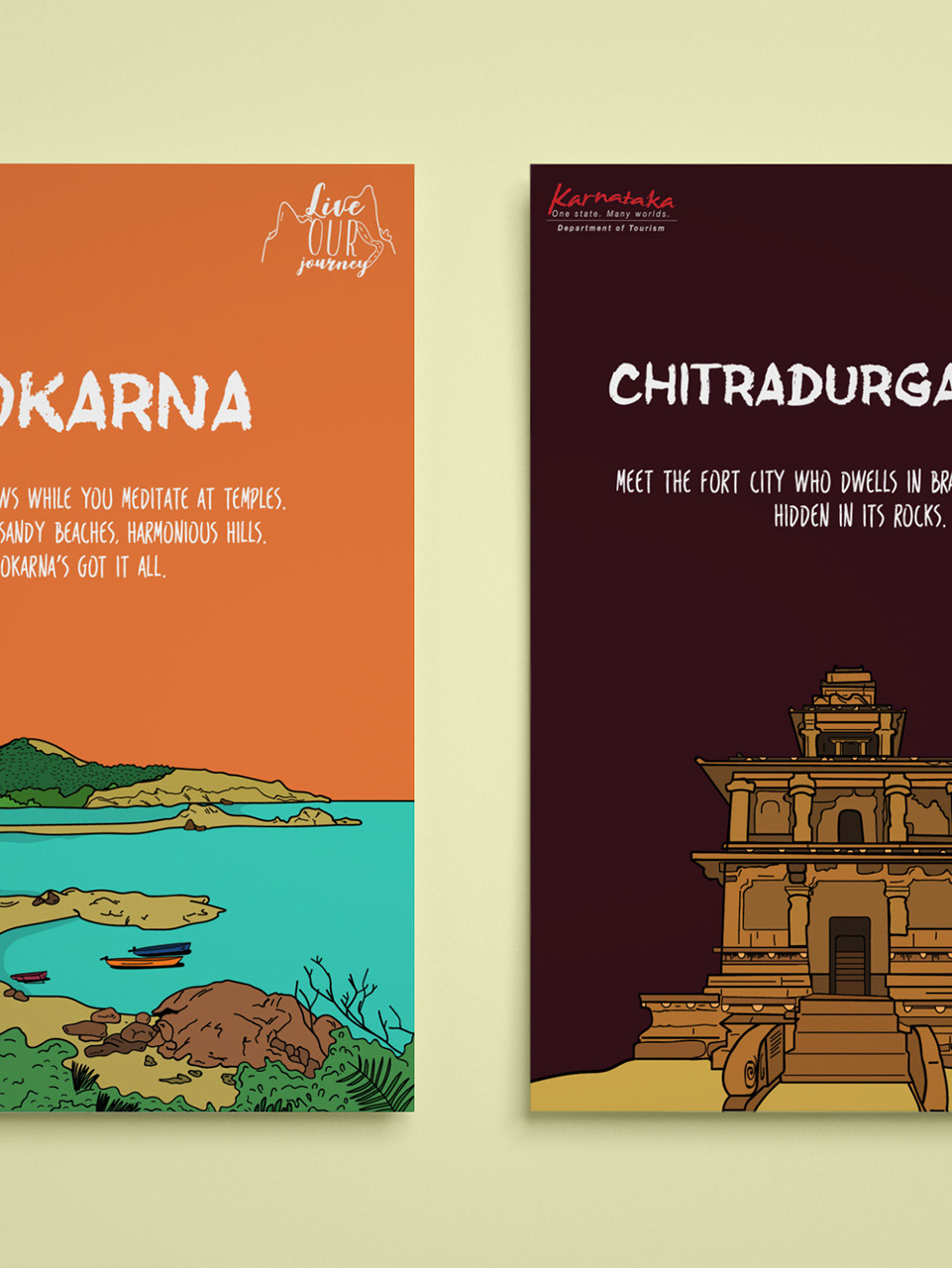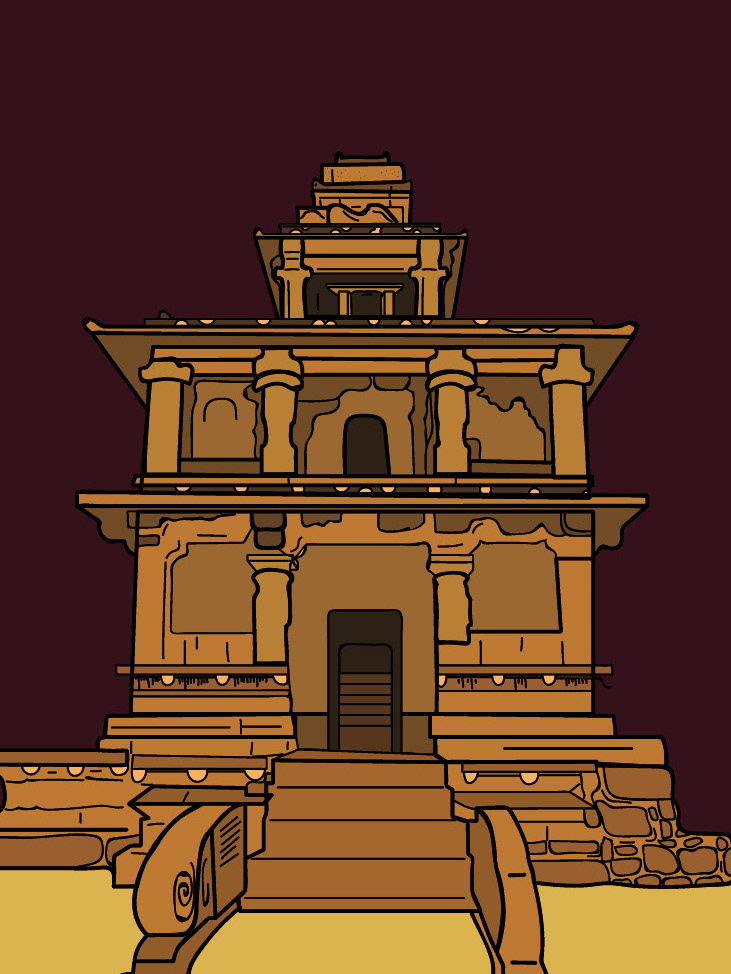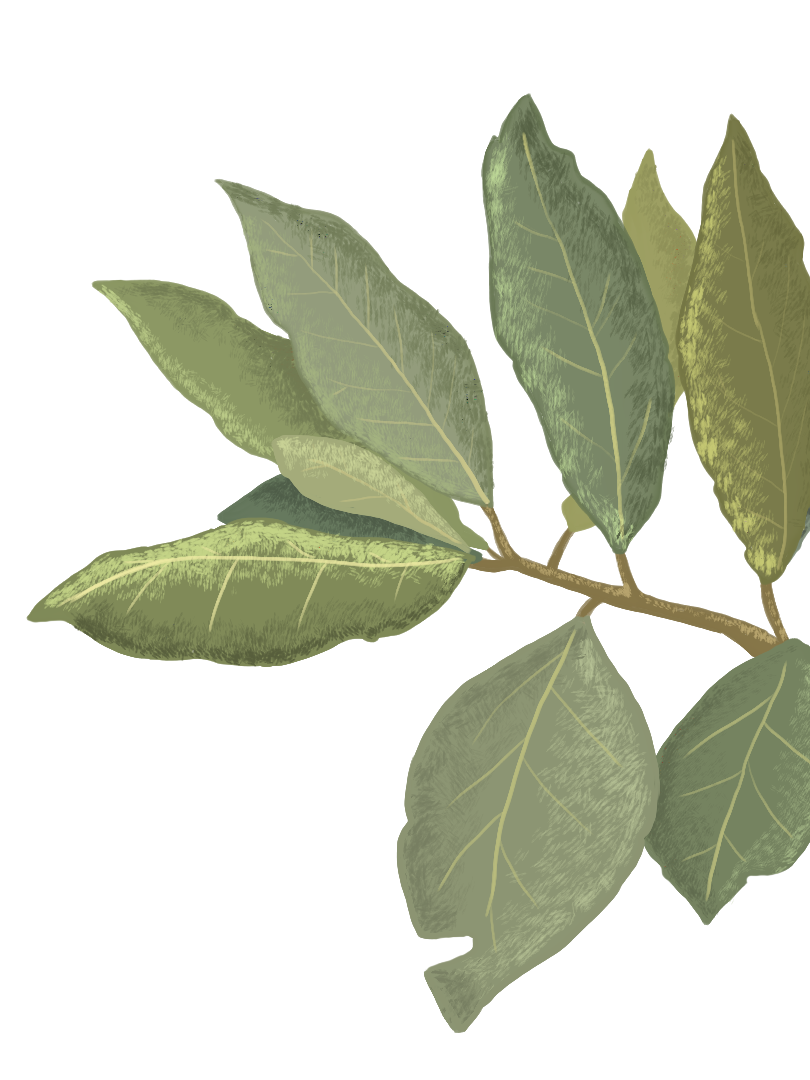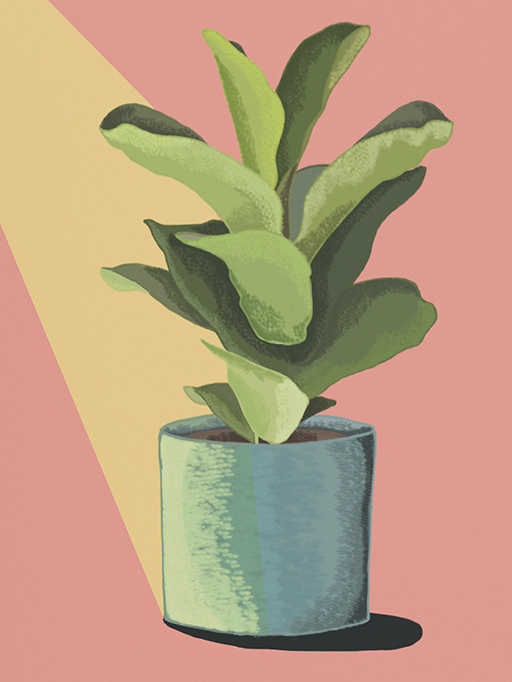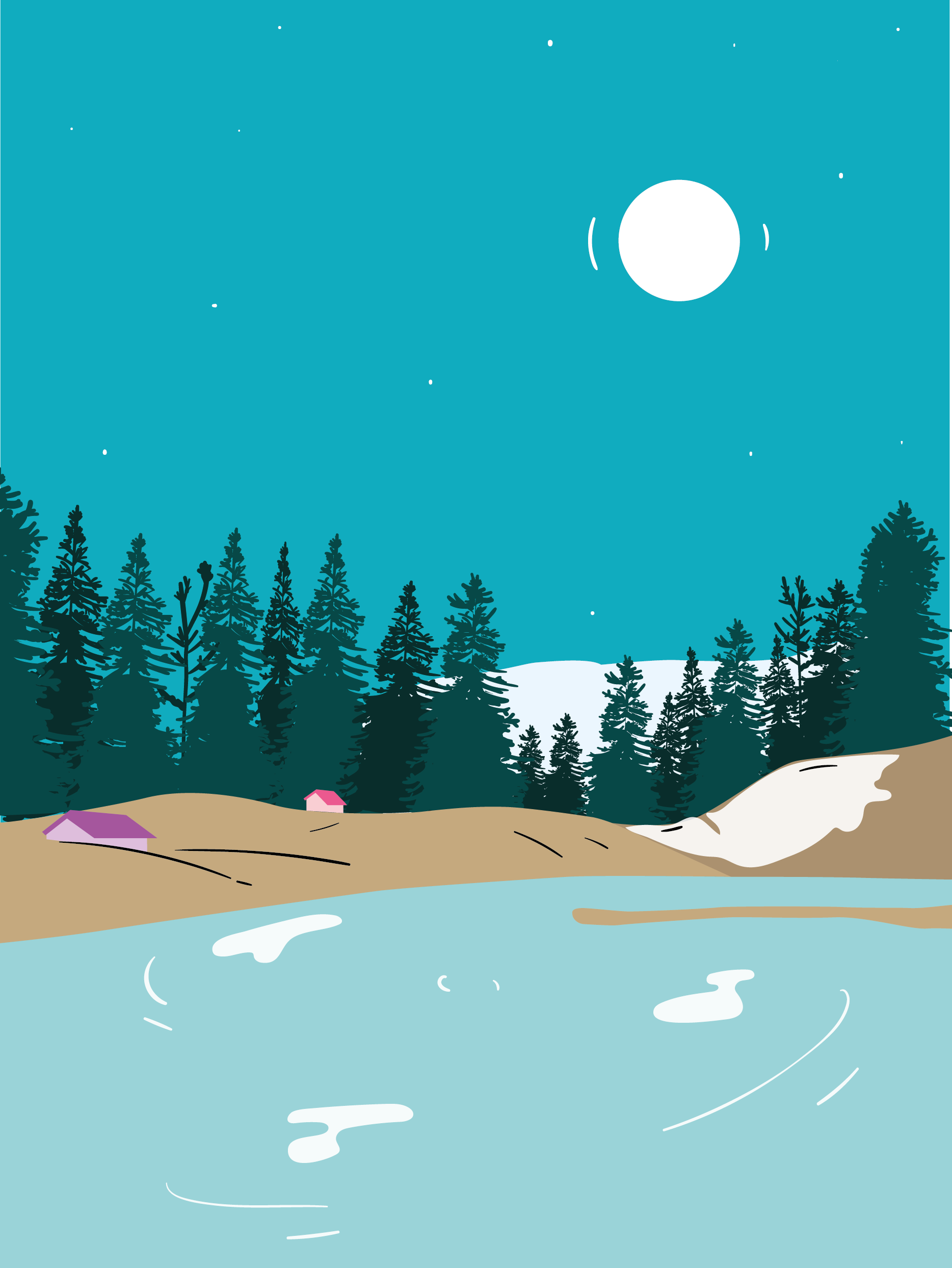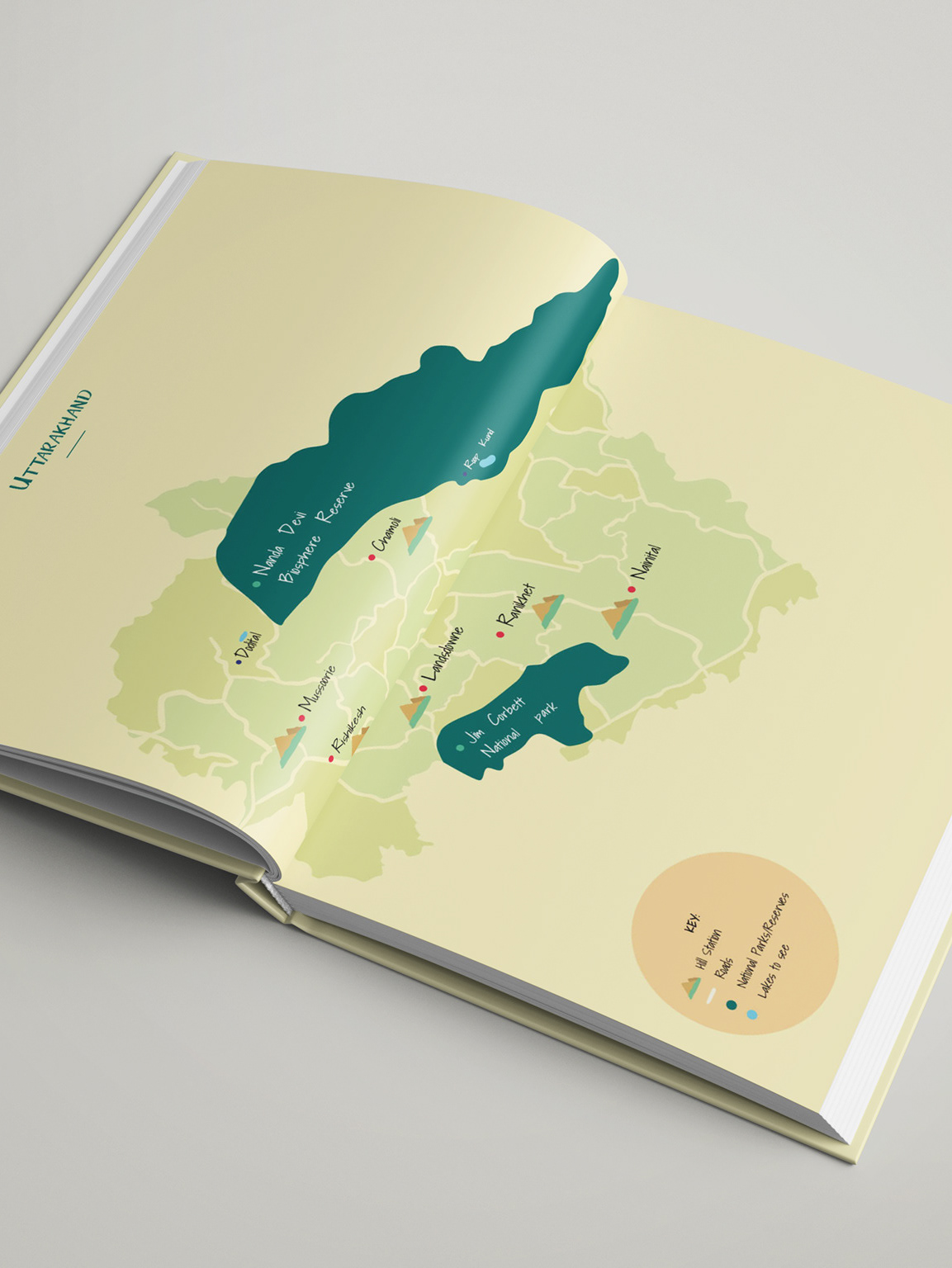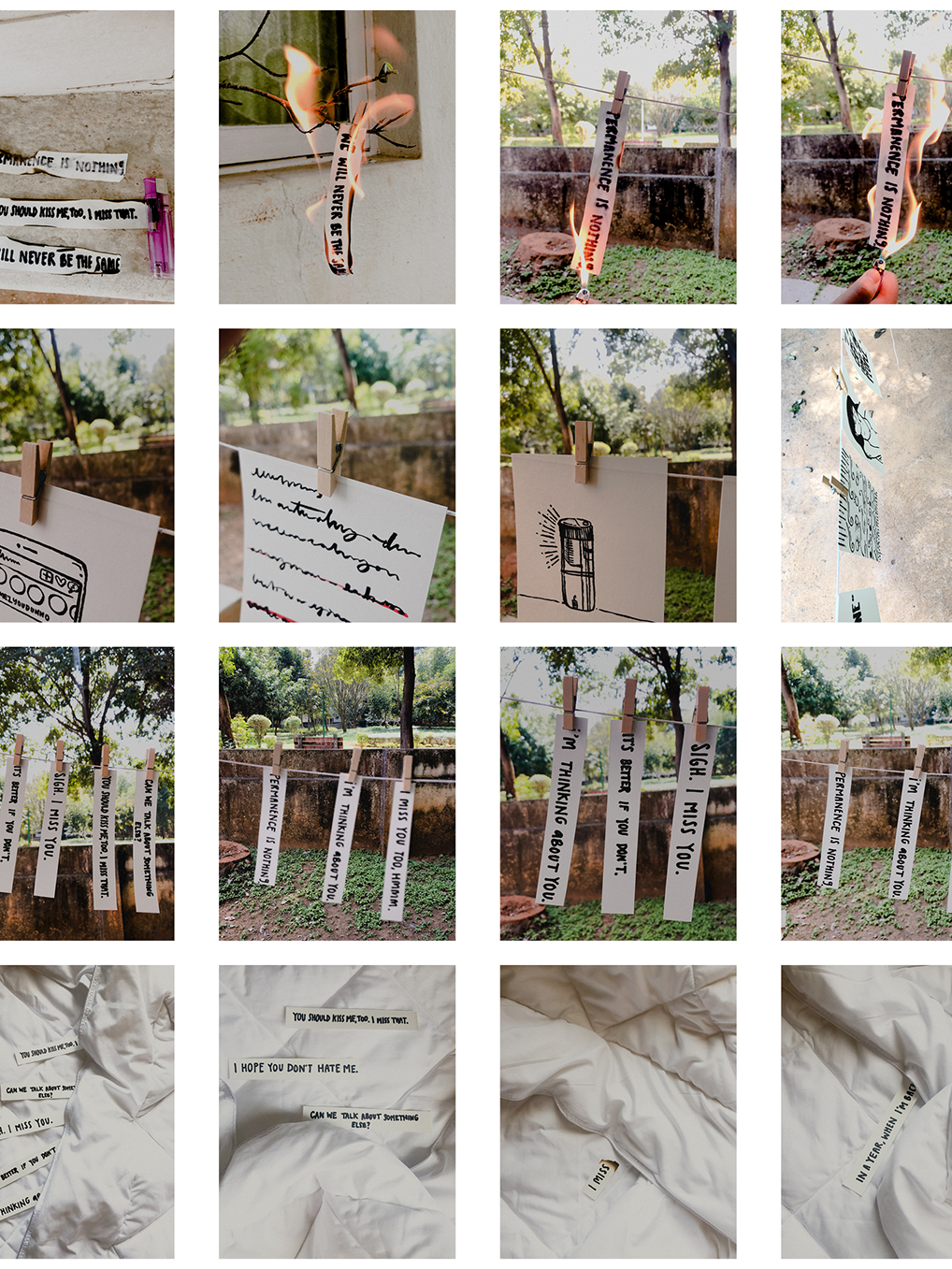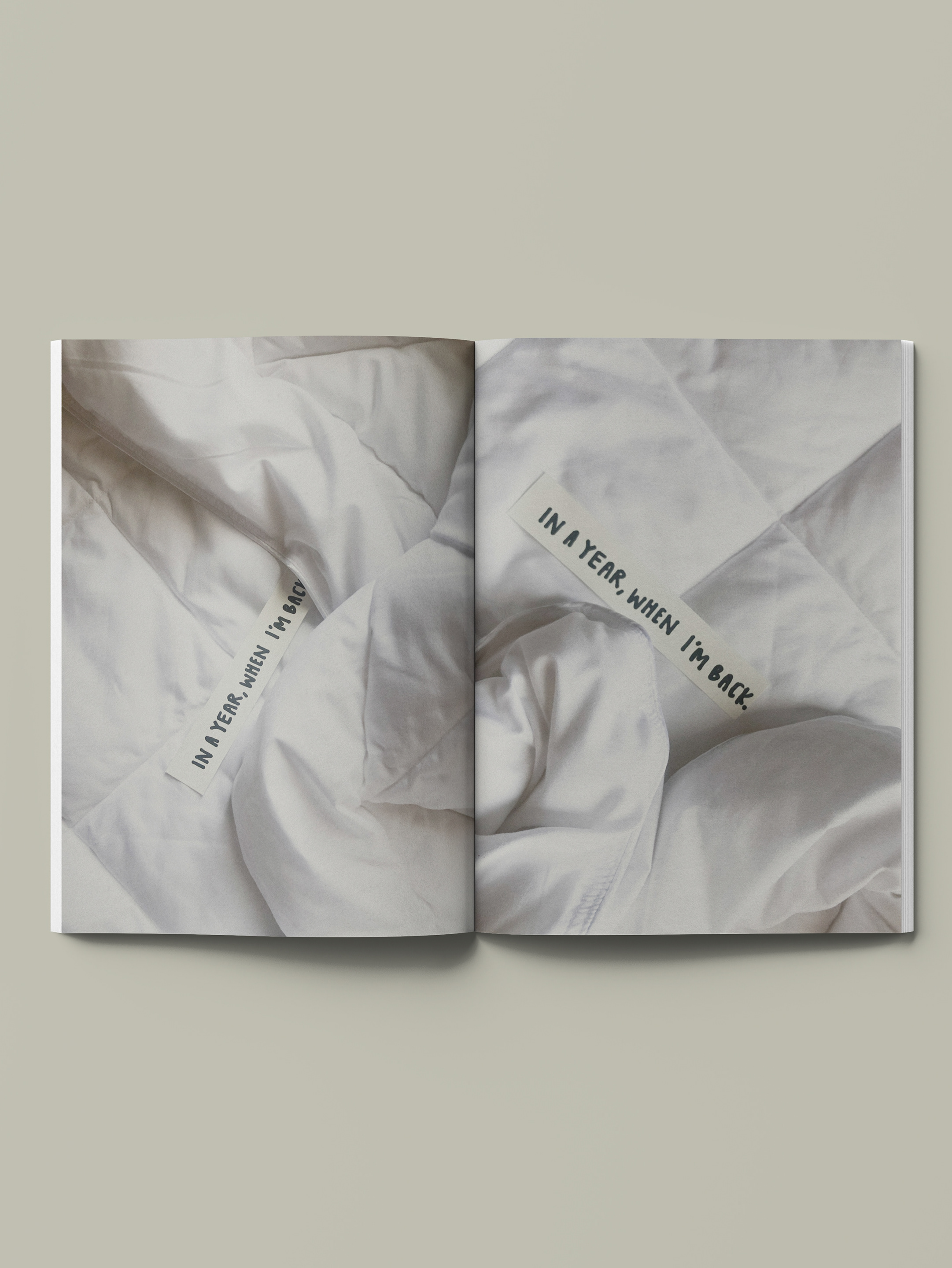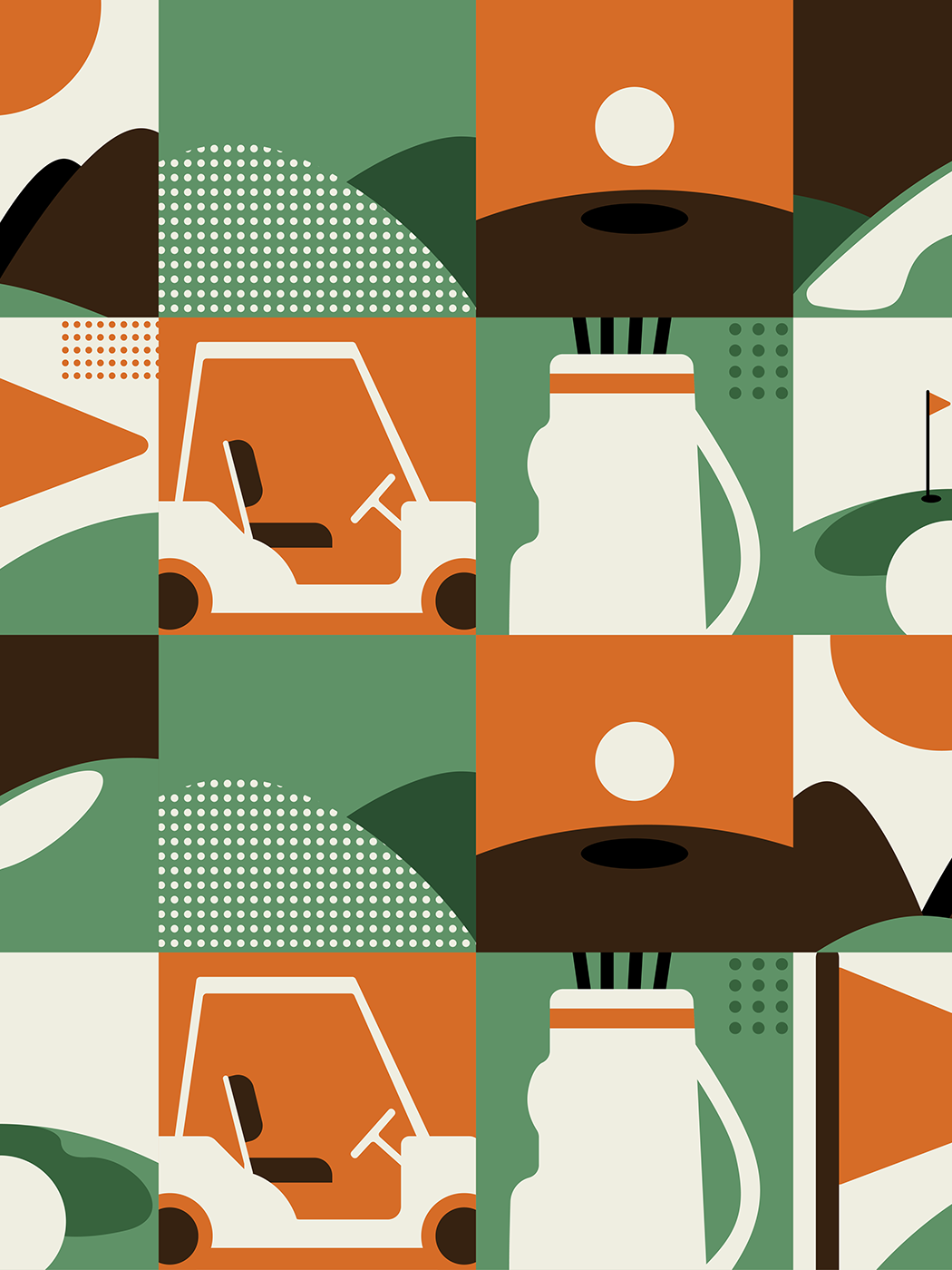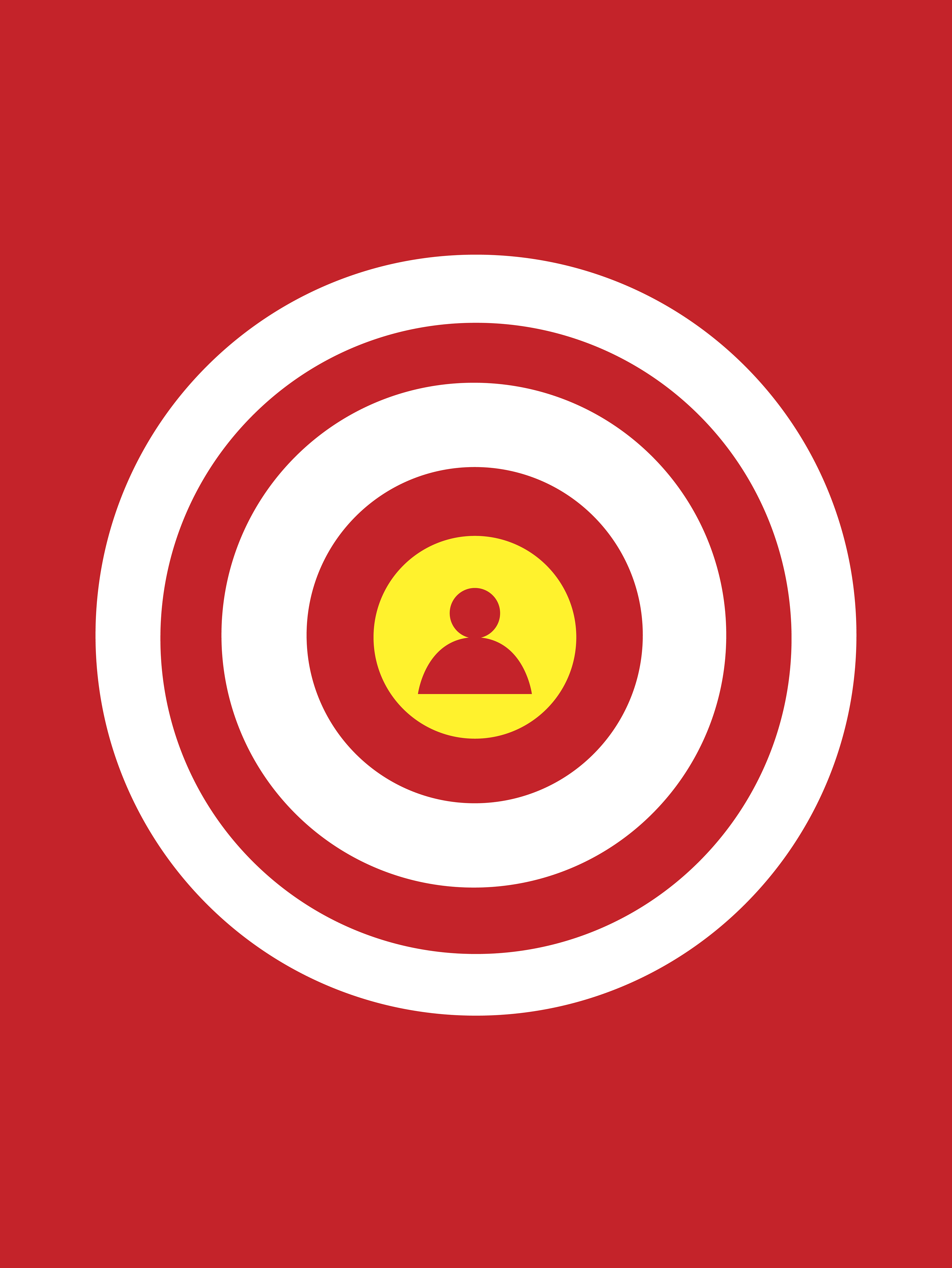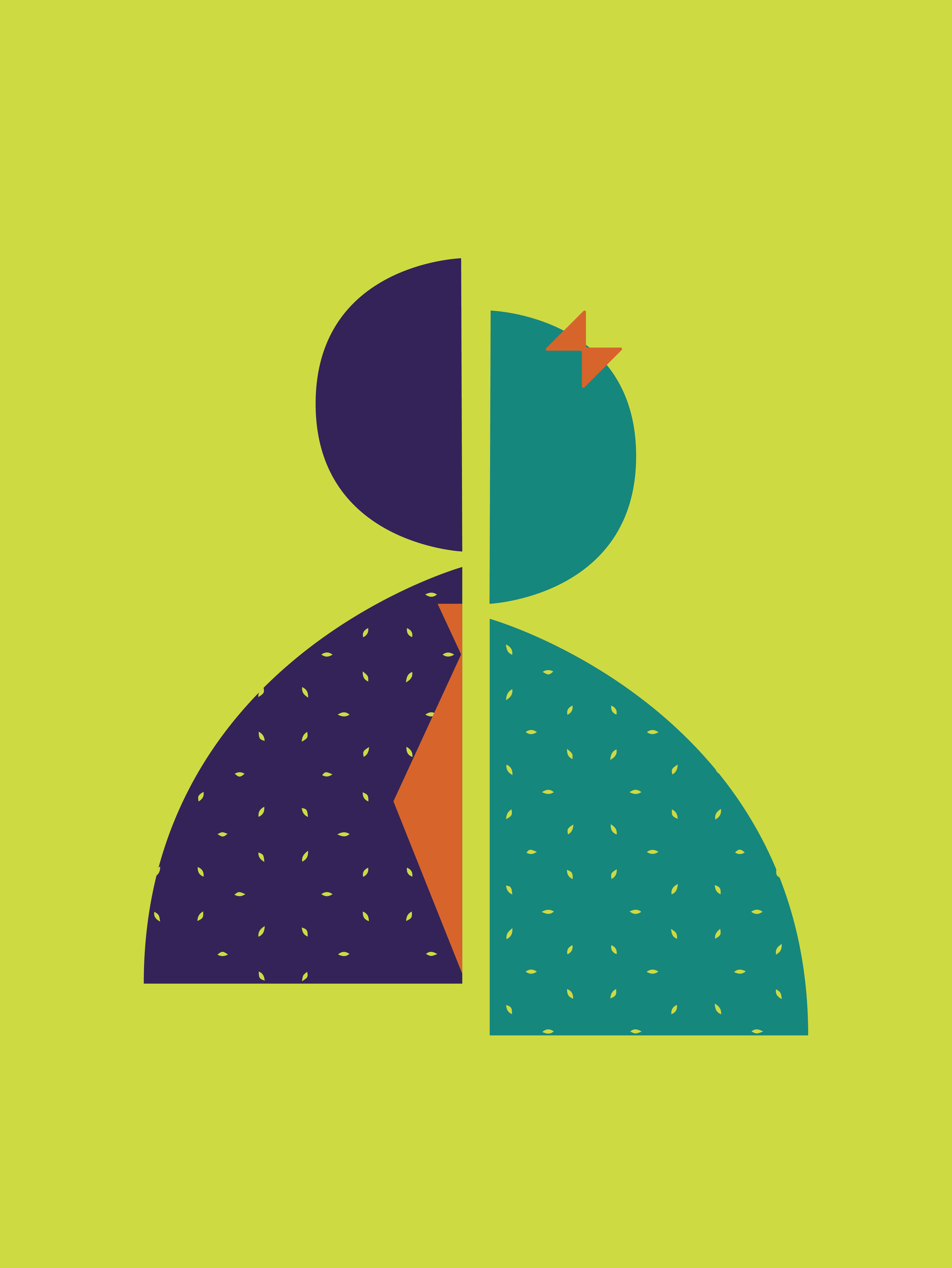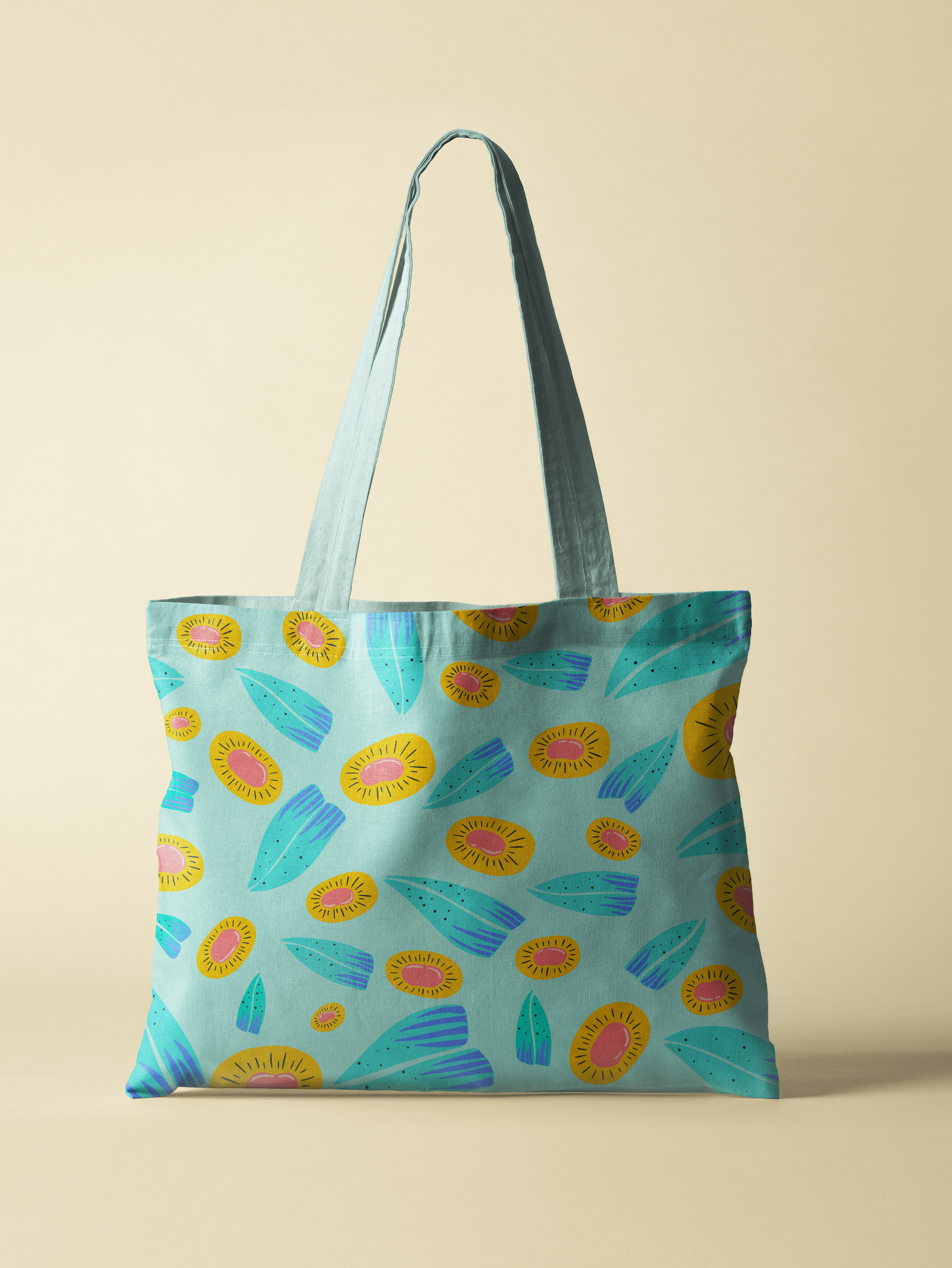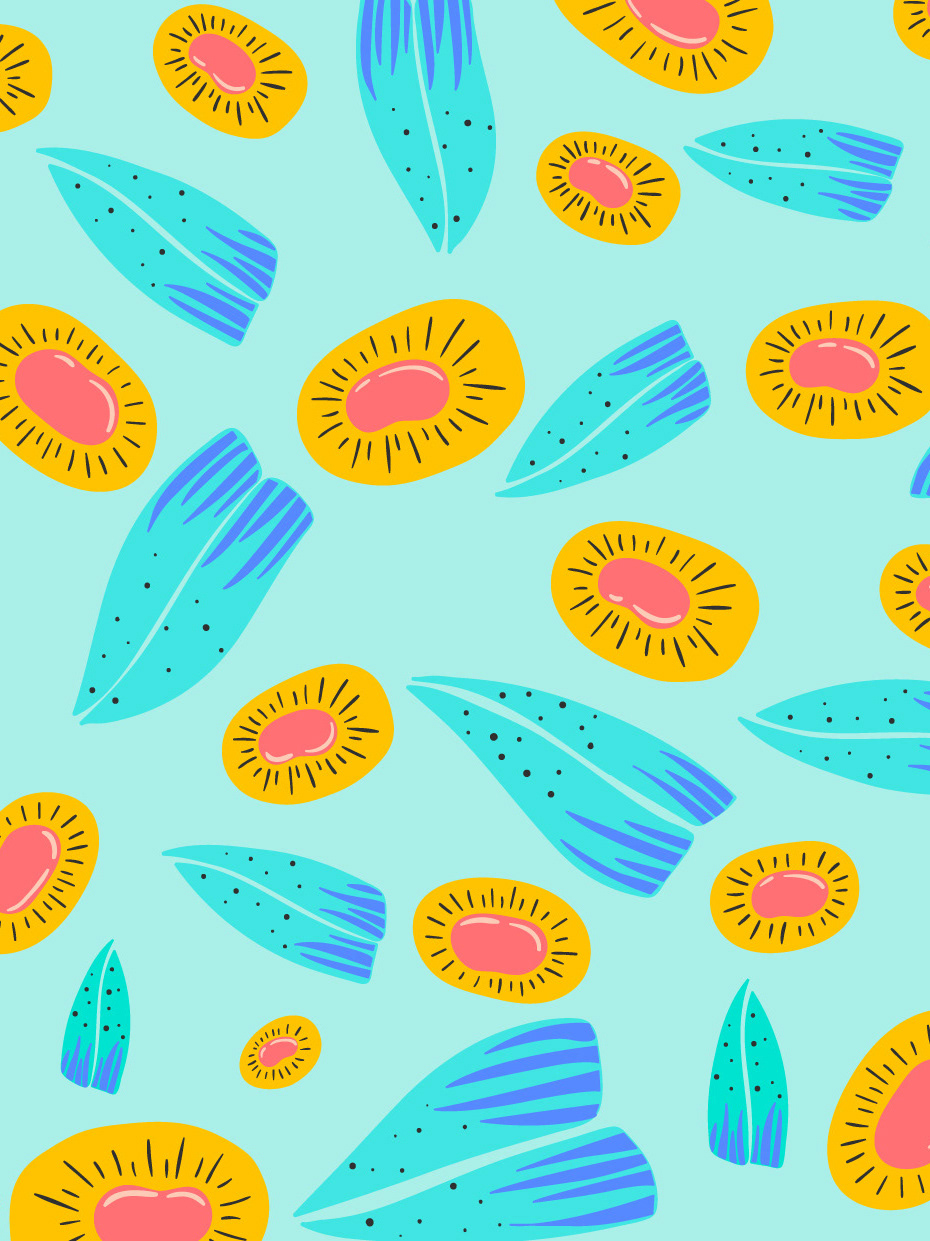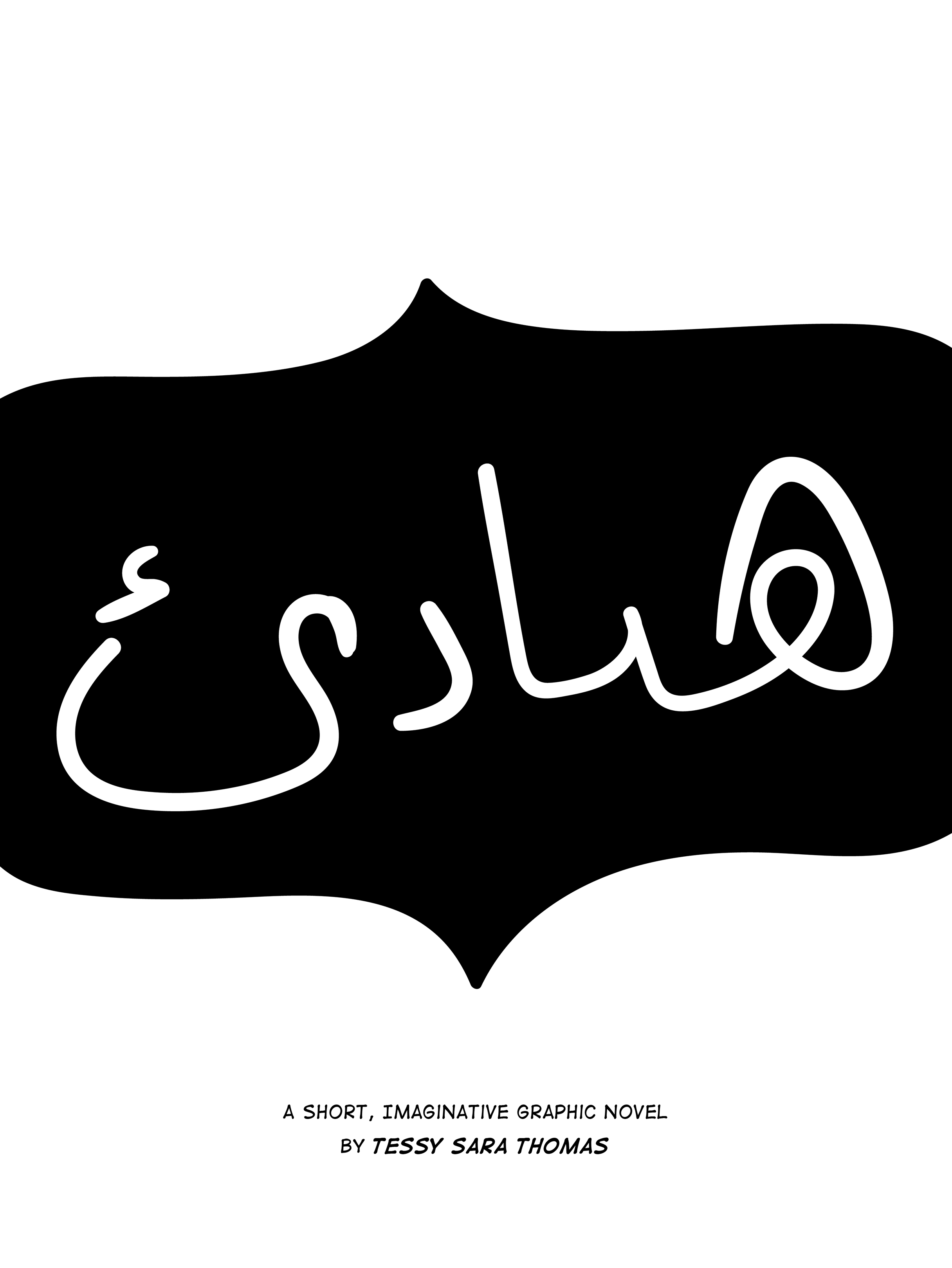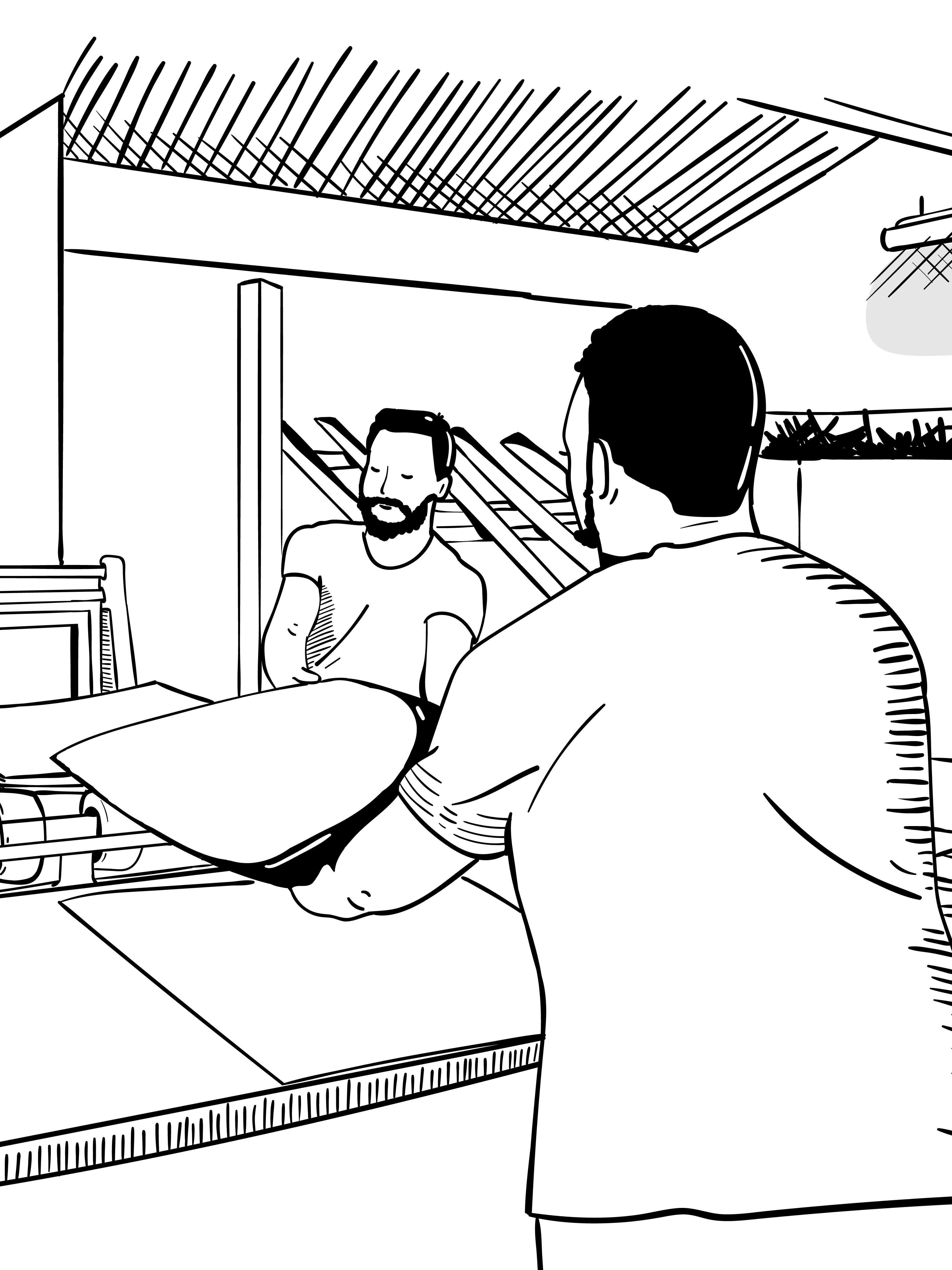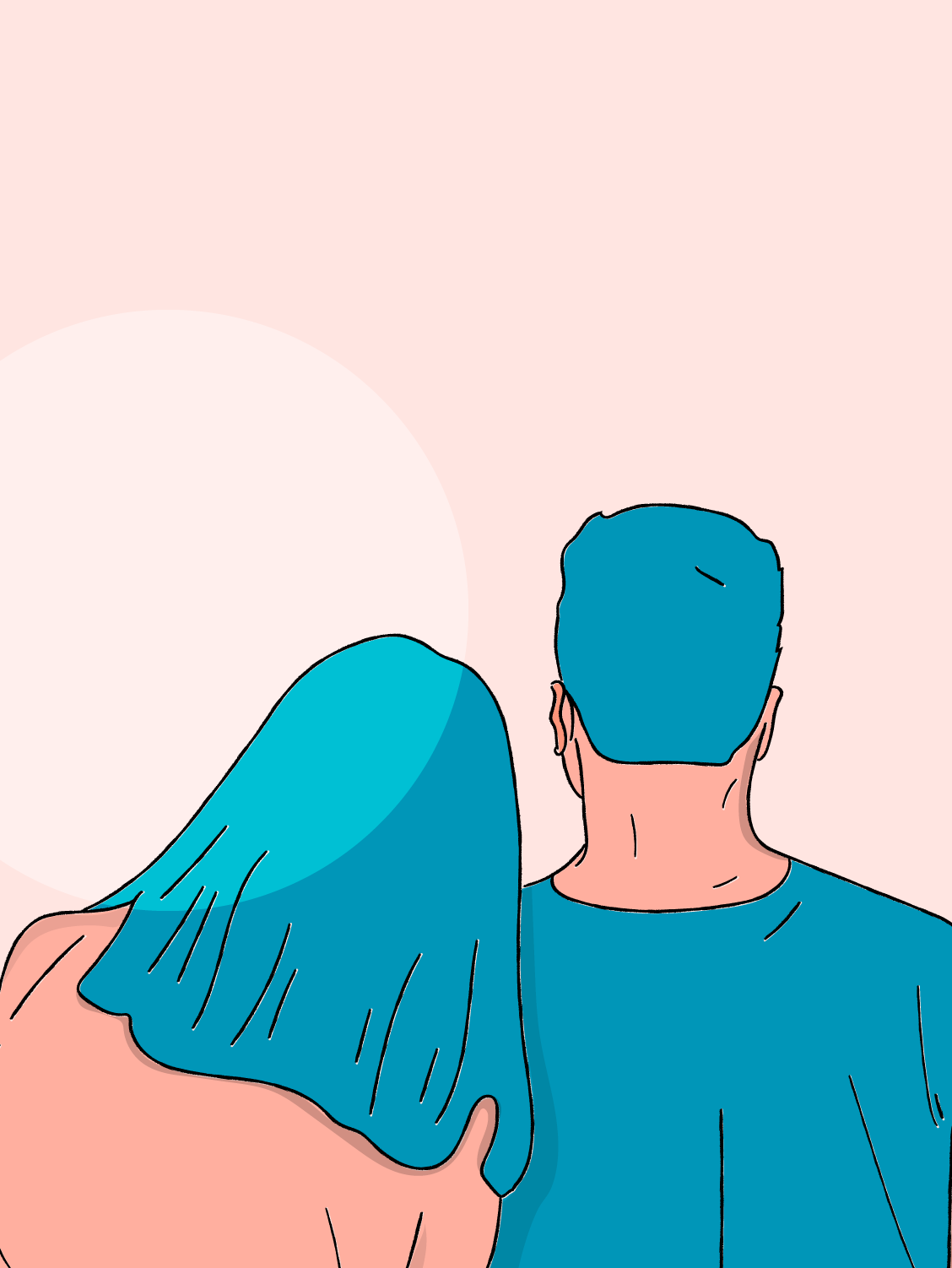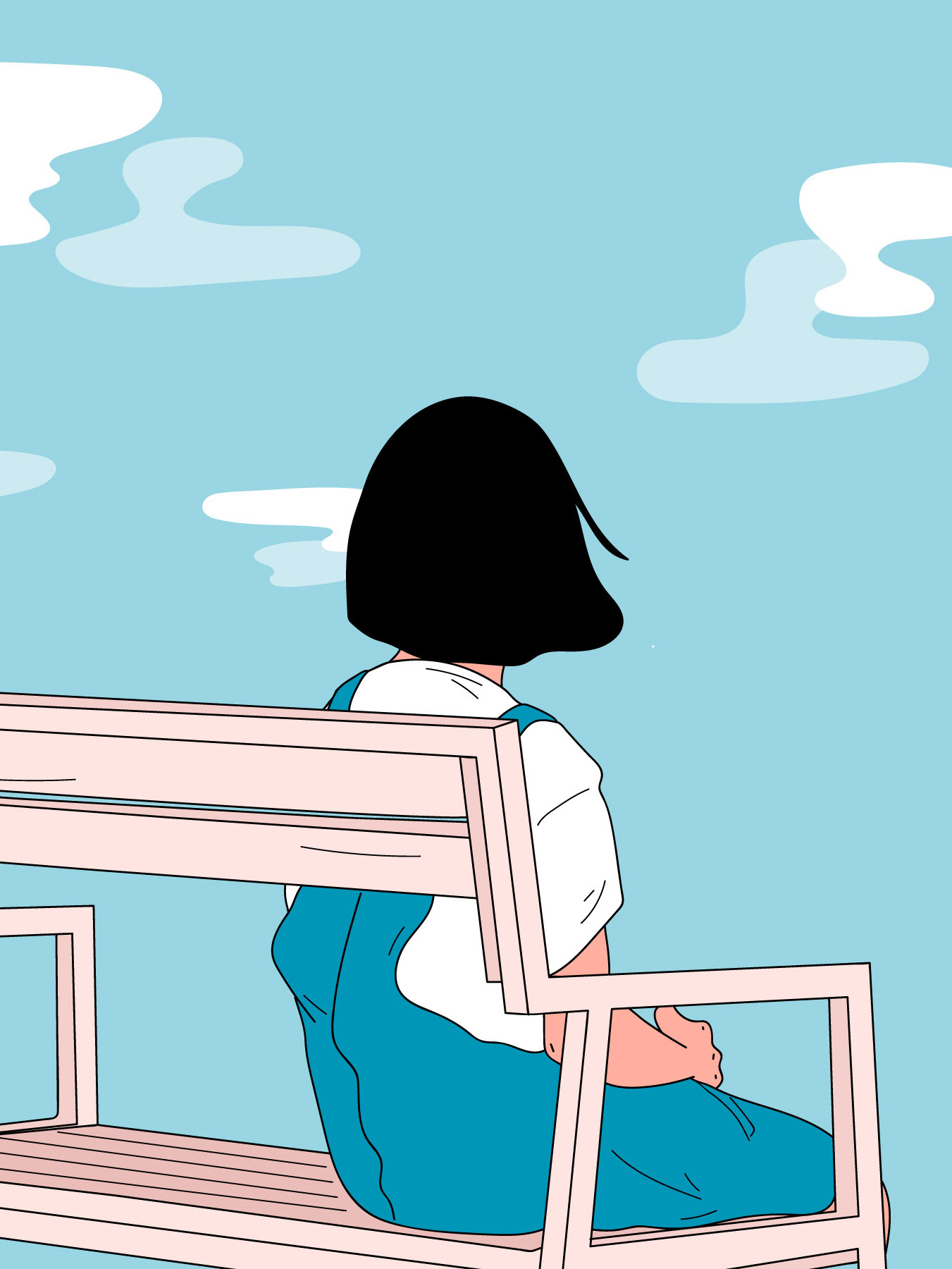Roles: User research / Design thinking and strategy / Information architecture / User mapping and persona creation / Visual design / Experience design / Prototyping and user testing / Content creation / Design system creation / Interaction design
The project was all about redefining digital self-care by bridging the gap in post-breakup experiences through user-centred design, for a life after love in the digital era.
The Brief
The brief challenged us to design a tool that provides gentle, actionable support for users post-breakup. It needed to be intuitive, emotionally intelligent, and help users regain a sense of control through small, meaningful actions. ‘Life After Love’ was all about understanding how to create an ideal intervention for heartbreak and breakups. It involved researching what a user might need after going through love and loss, and what would be conducive to their journey of healing.
Research & Insights
To design a healing tool, I first needed to understand users' real heartbreak experiences and coping methods. During this stage, it was a group exercise and along with my team, we spoke to individuals who'd experienced heartbreak, approaching with care to ensure their comfort, and gathered additional insights through a survey to learn how people navigate this process. Our research methodologies involved user interviews, a survey and ultimately mapping common themes or emotions amongst these individuals to get a sense of what they needed.
Research methodologies: Interviews / Surveys / Secondary research through articles, other media
100%
of respondents stated that they had experienced heartbreak
of respondents stated that they had experienced heartbreak
88%
of respondents said talking to their friends helped them through it
of respondents said talking to their friends helped them through it
A lot of people said that they were advised to journal or pen down their thoughts in some form in order to process their feelings.
The next step of the process was to frame these insights and understandings into clear How Might We questions, in order to better understand our ideal user's needs.
How might we help them process their emotions and give them a space to channel their feelings?
How might we help them avoid regressive tendencies in their progress?
Conceptualisation & Development
Our research showed that while people facing heartache are often advised to write down their feelings, a lot of them found traditional journaling too tedious. After framing How Might We questions based on these commonalities, I conceptualised an app that makes emotional processing simpler and more enjoyable through small, manageable lists which guide users to work through emotions step-by-step and revisit their reflections as they grow.
The usage and context of this application was further imagined using the help of a storyboard which would put the personas in a scenario wherein the app would serve its purpose and its features would be utilised. This led into the stages of drawing out a flow for the app, then paper prototyping, testing and further development before going into the final stage of design.
Storyboard of the user scenario
Paper Prototypes & Iteration




Logo, Identity & Visual Design of the Application
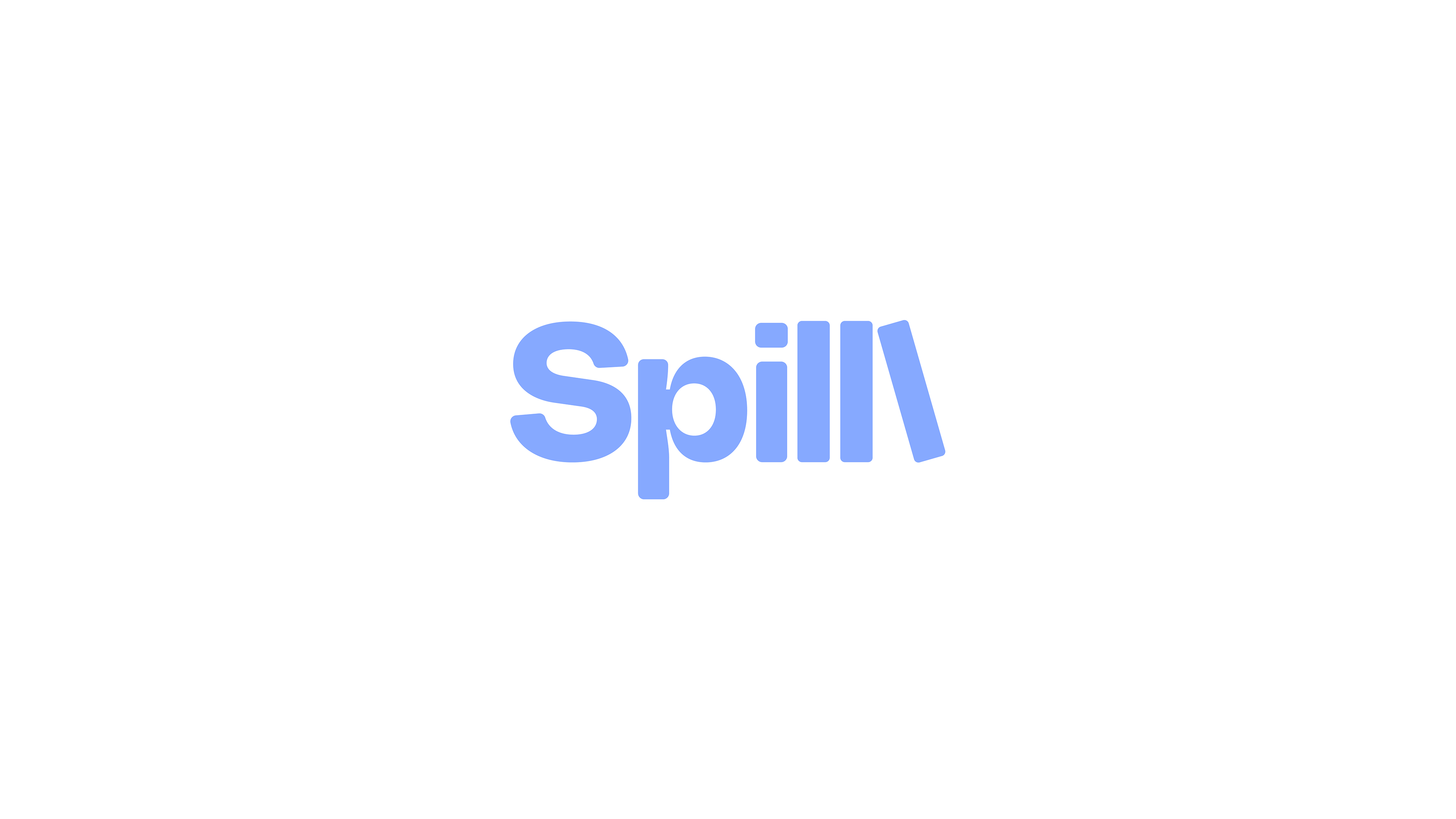
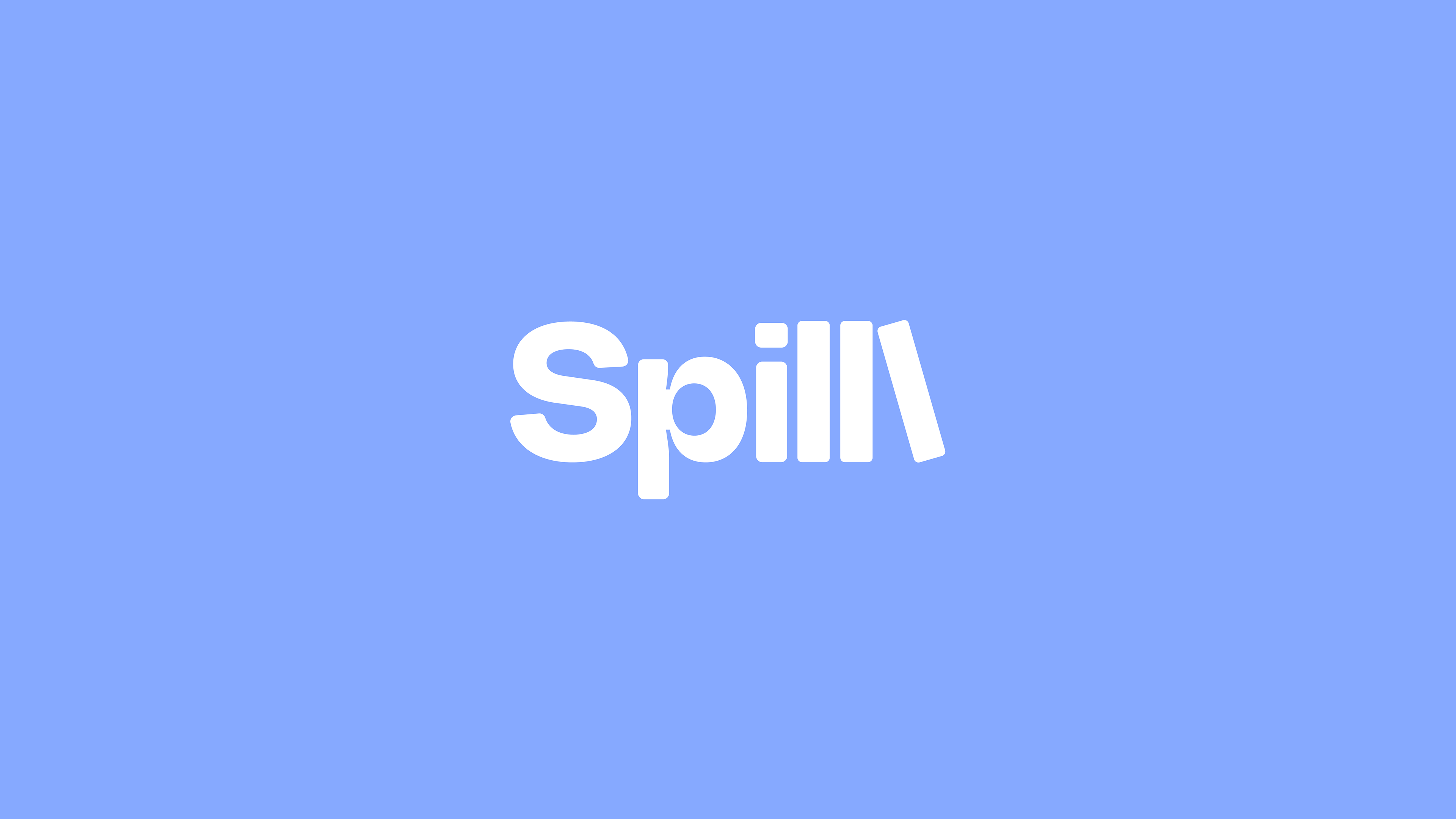
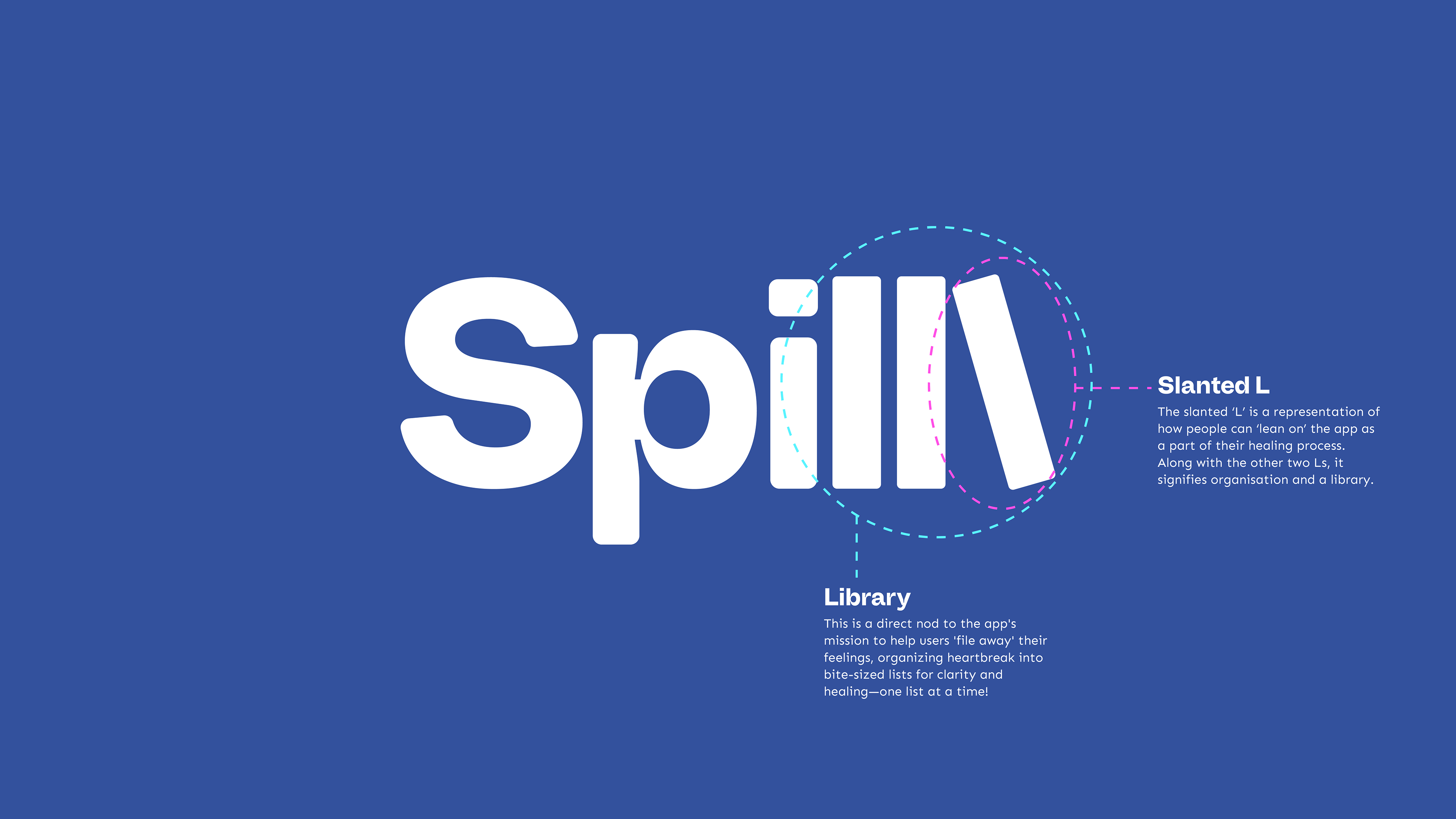
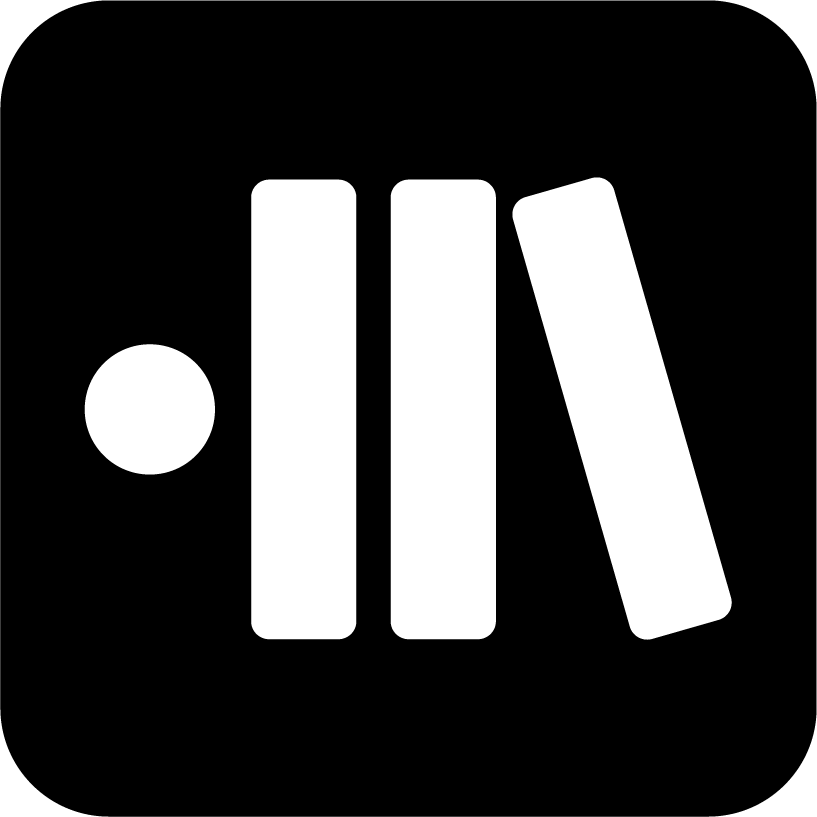

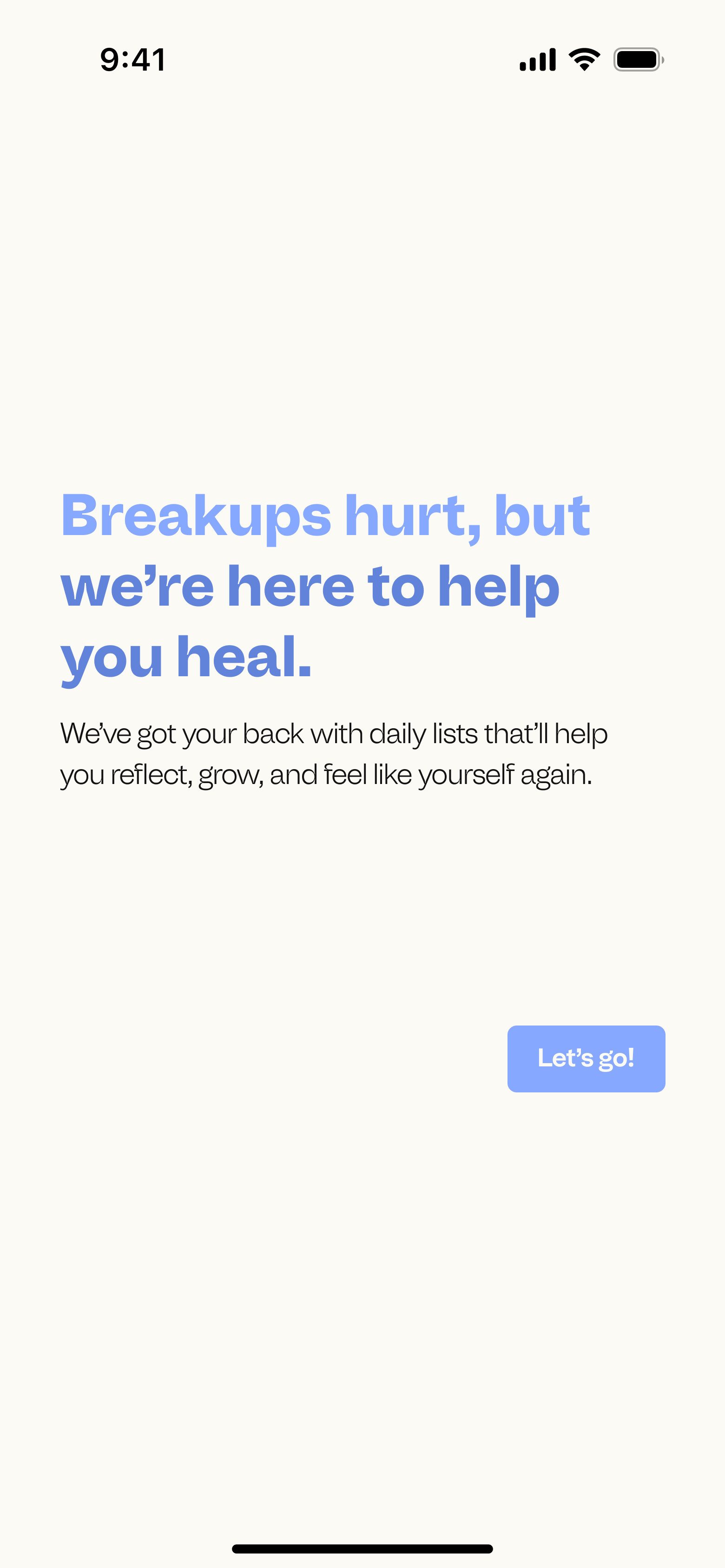
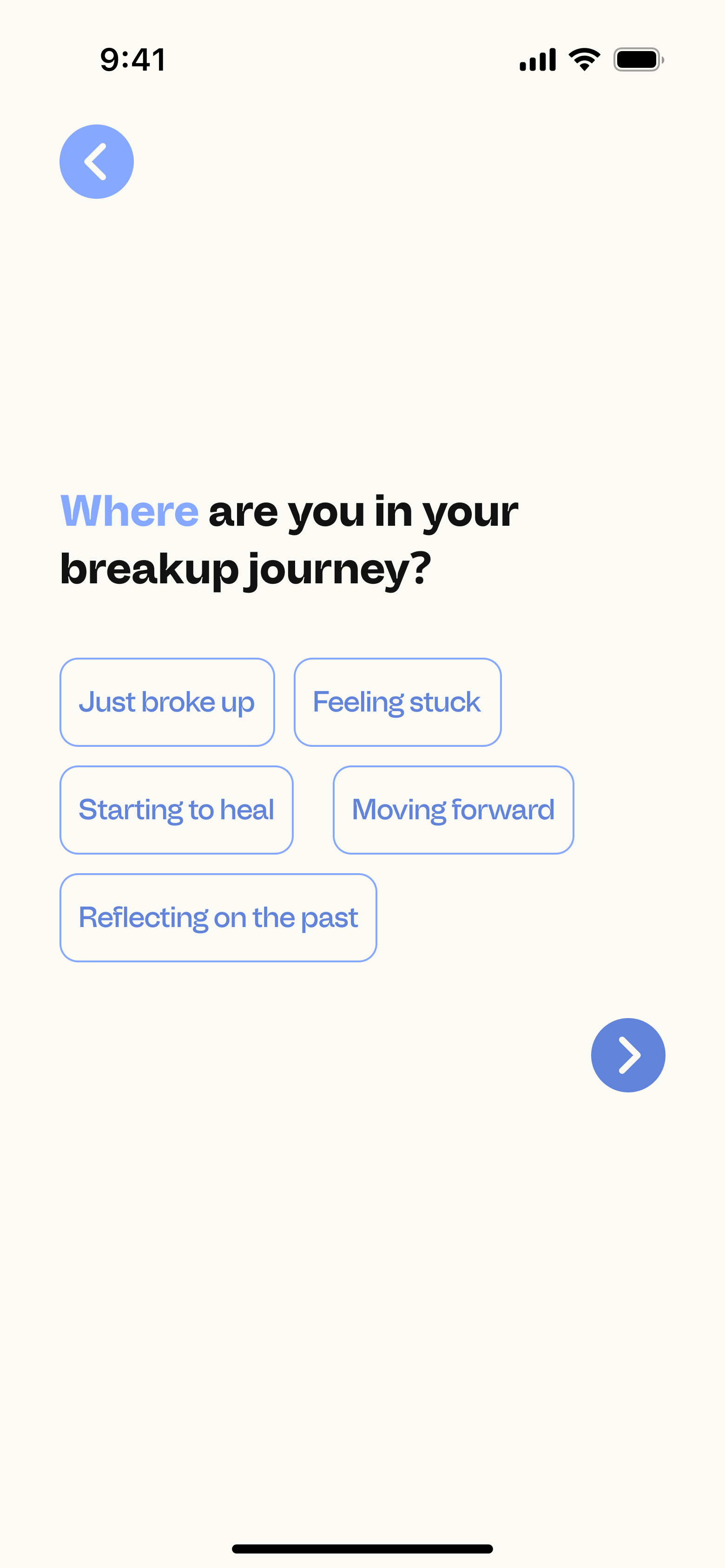
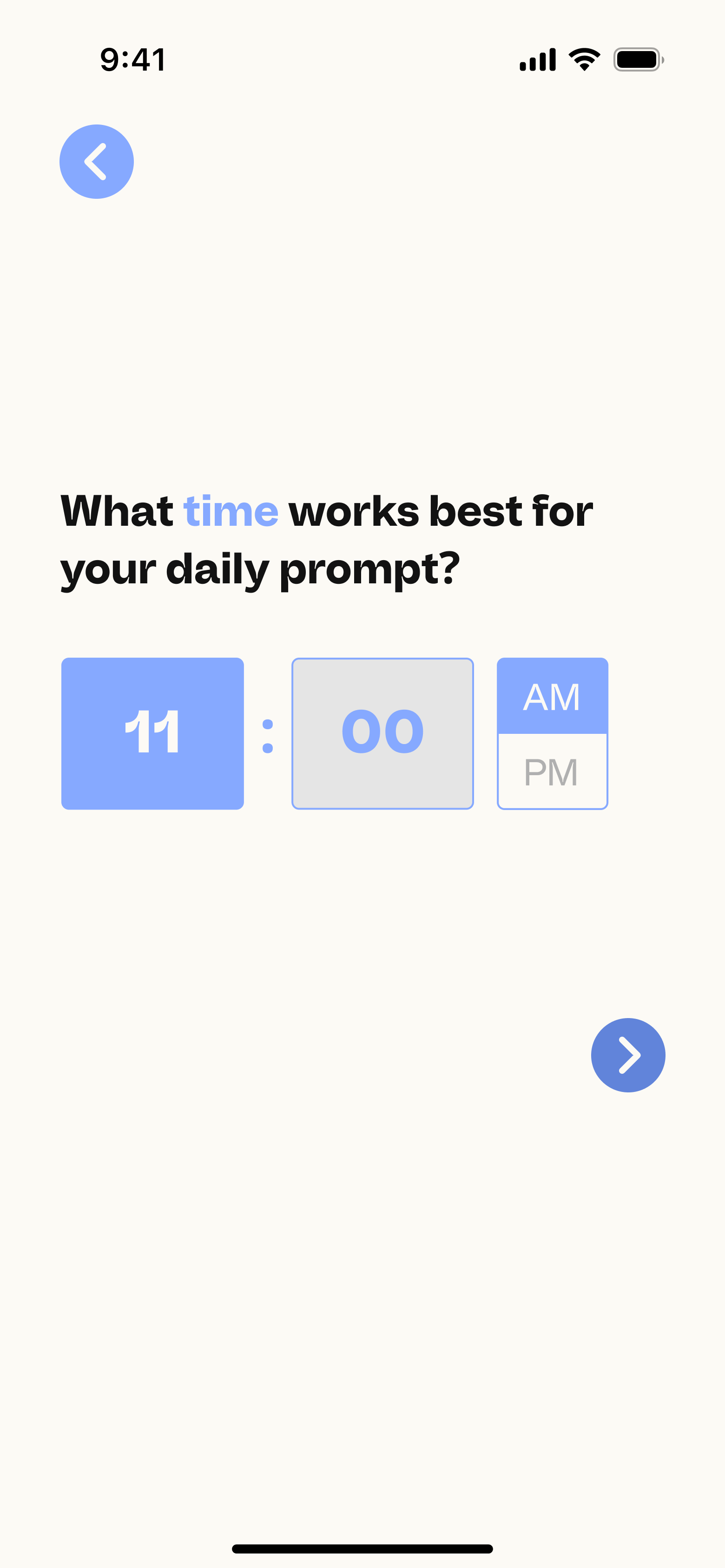
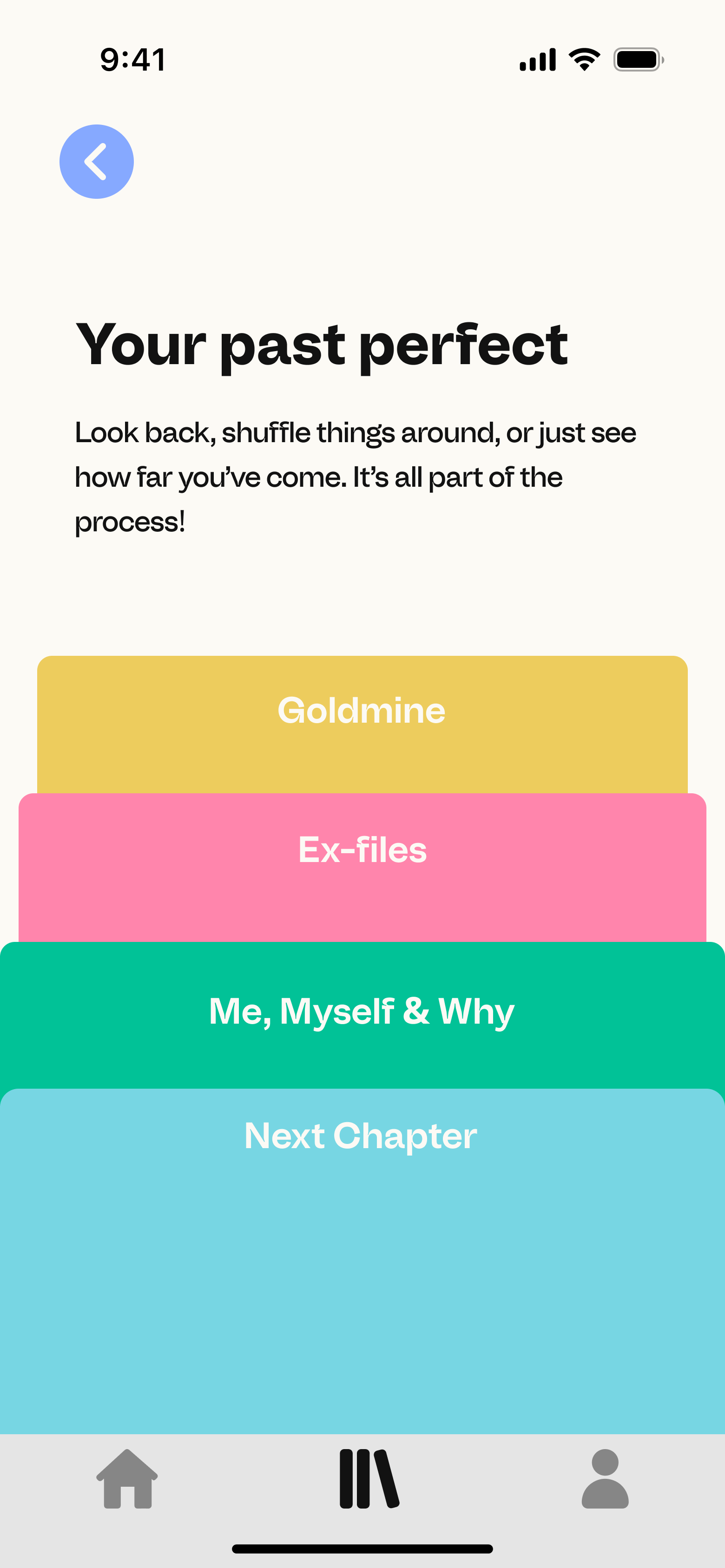
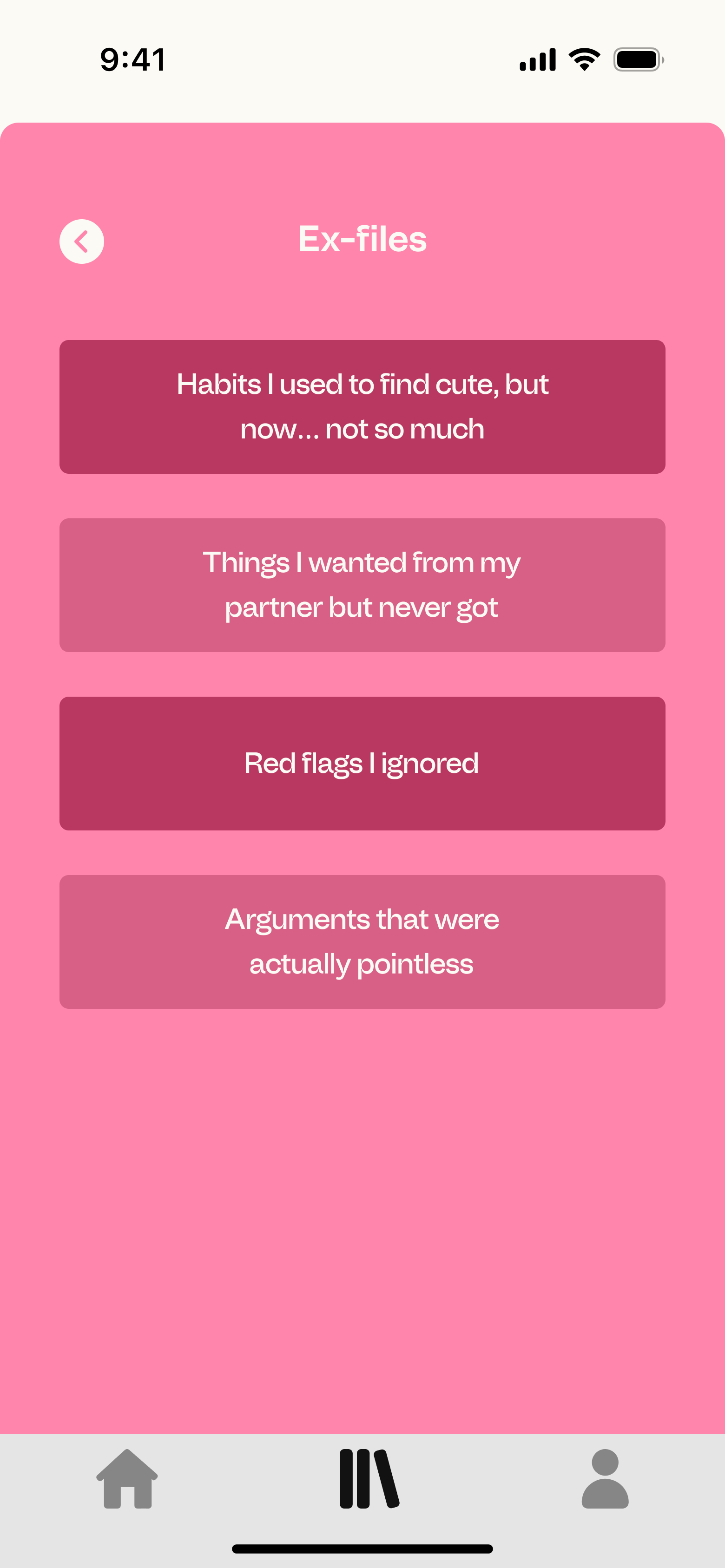
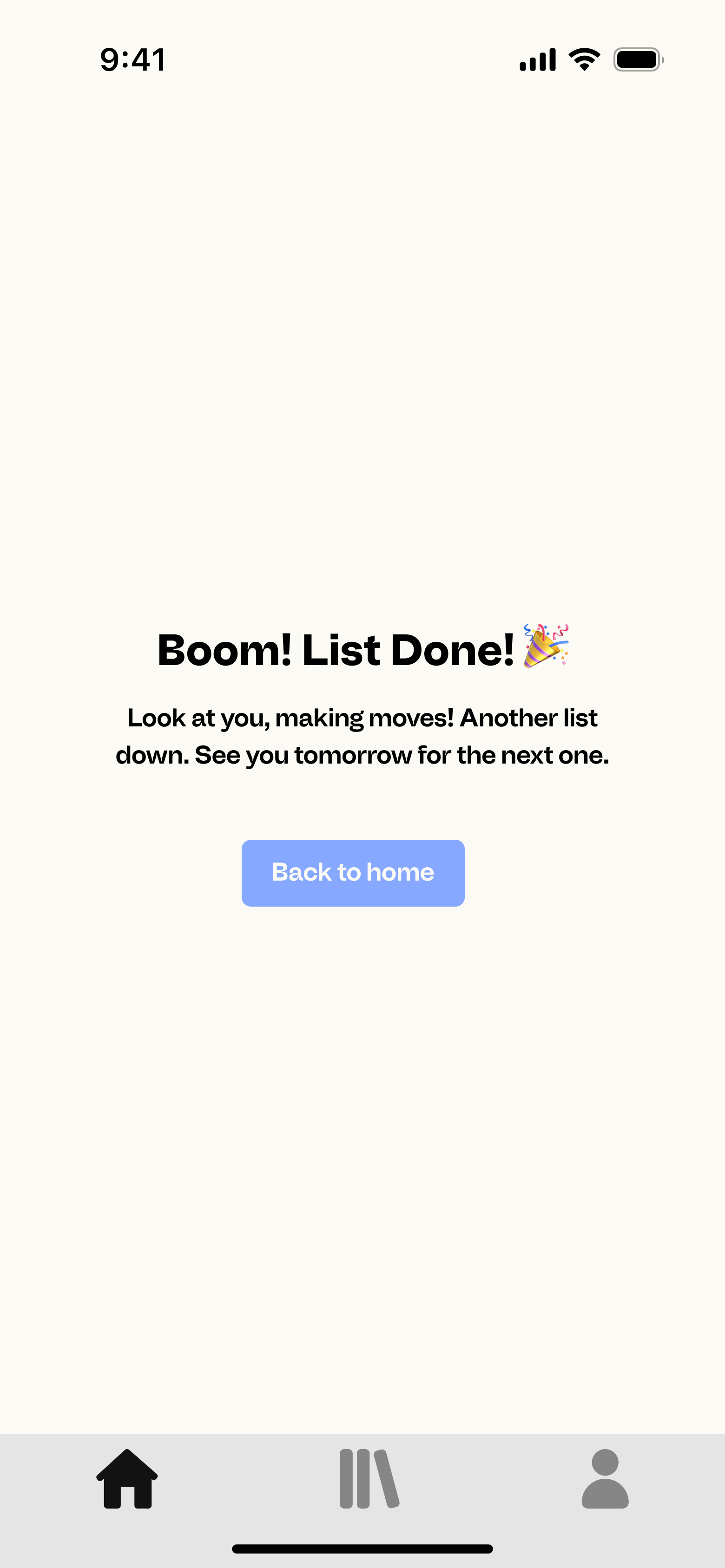
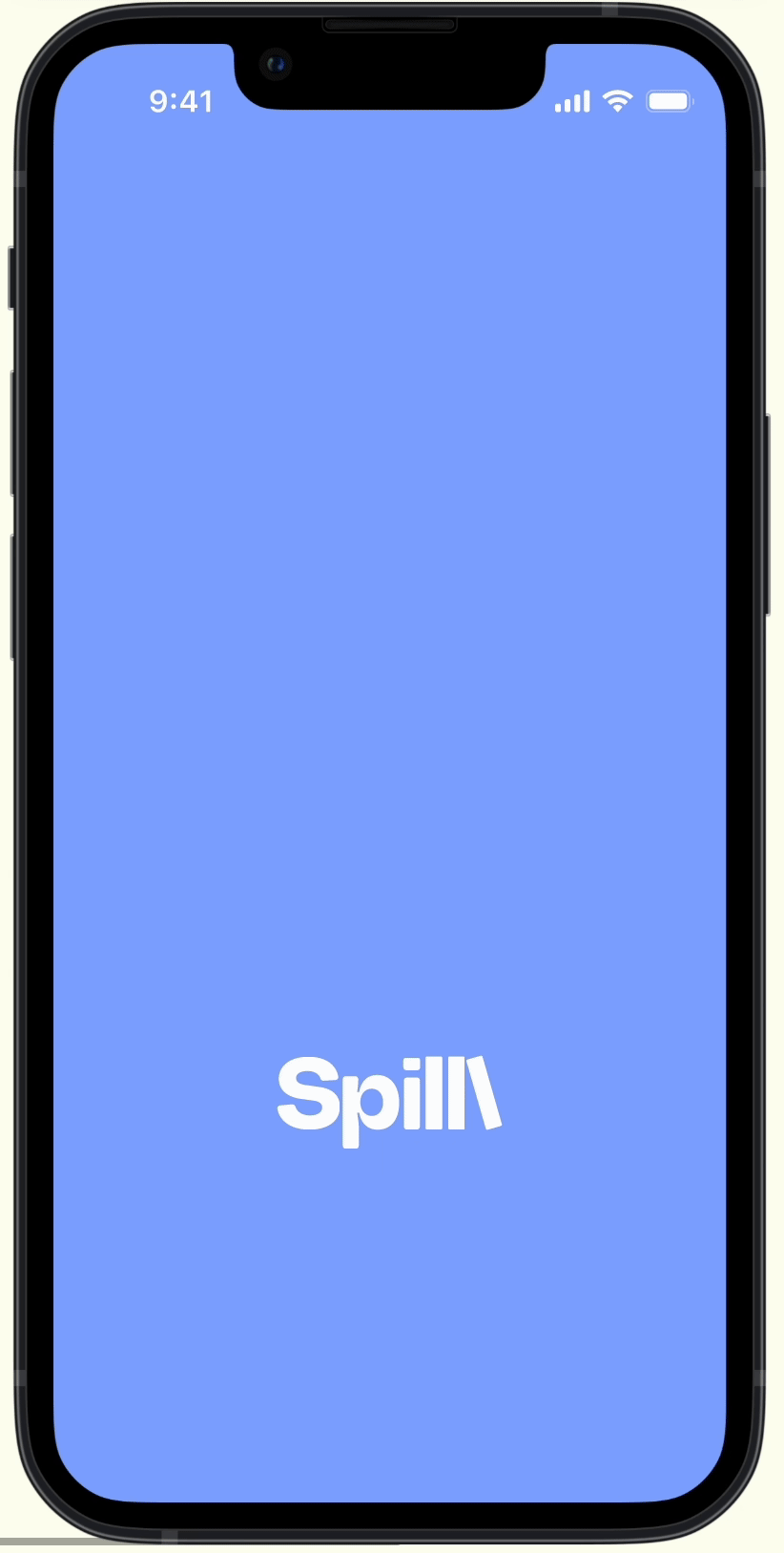
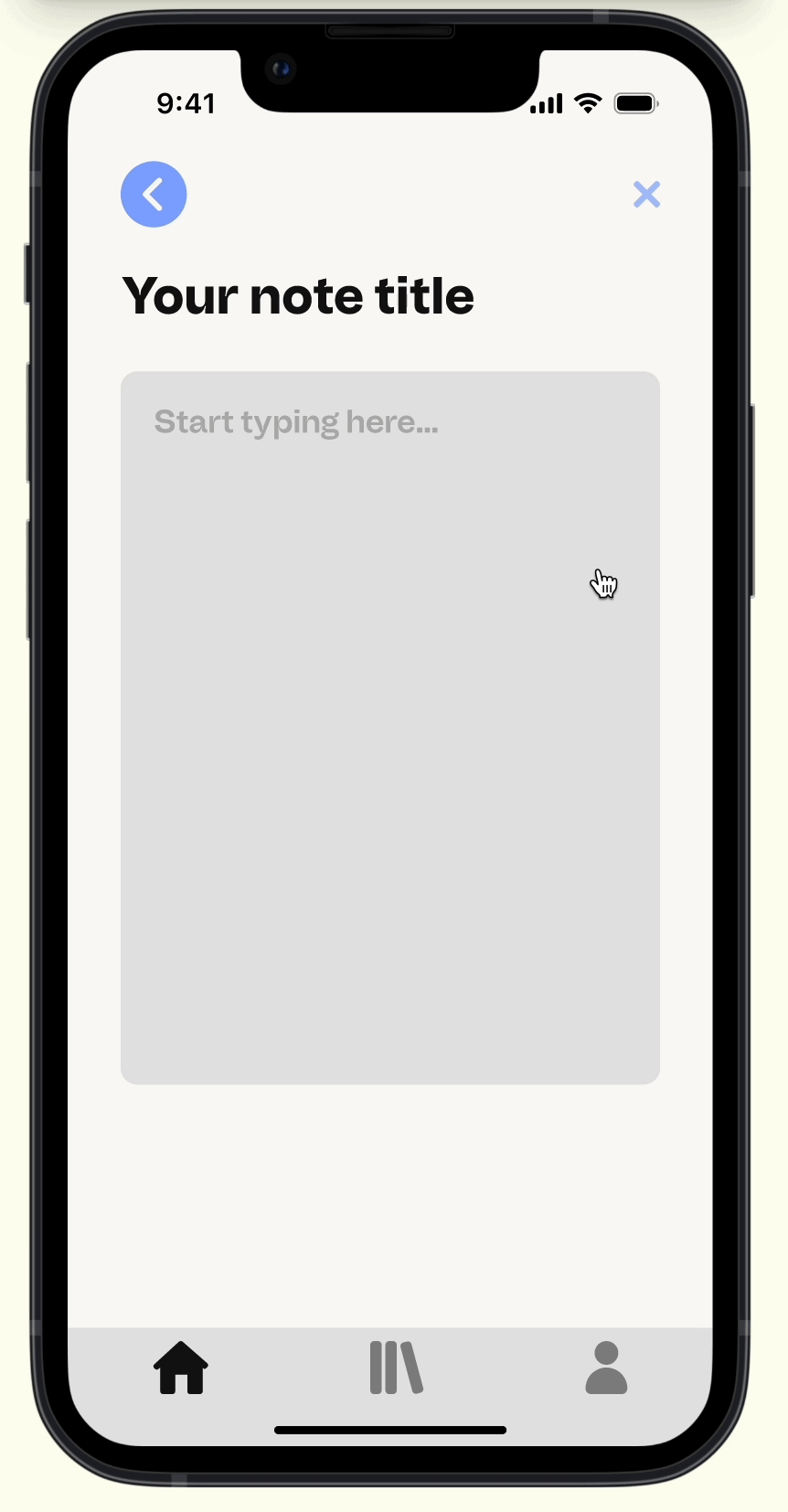
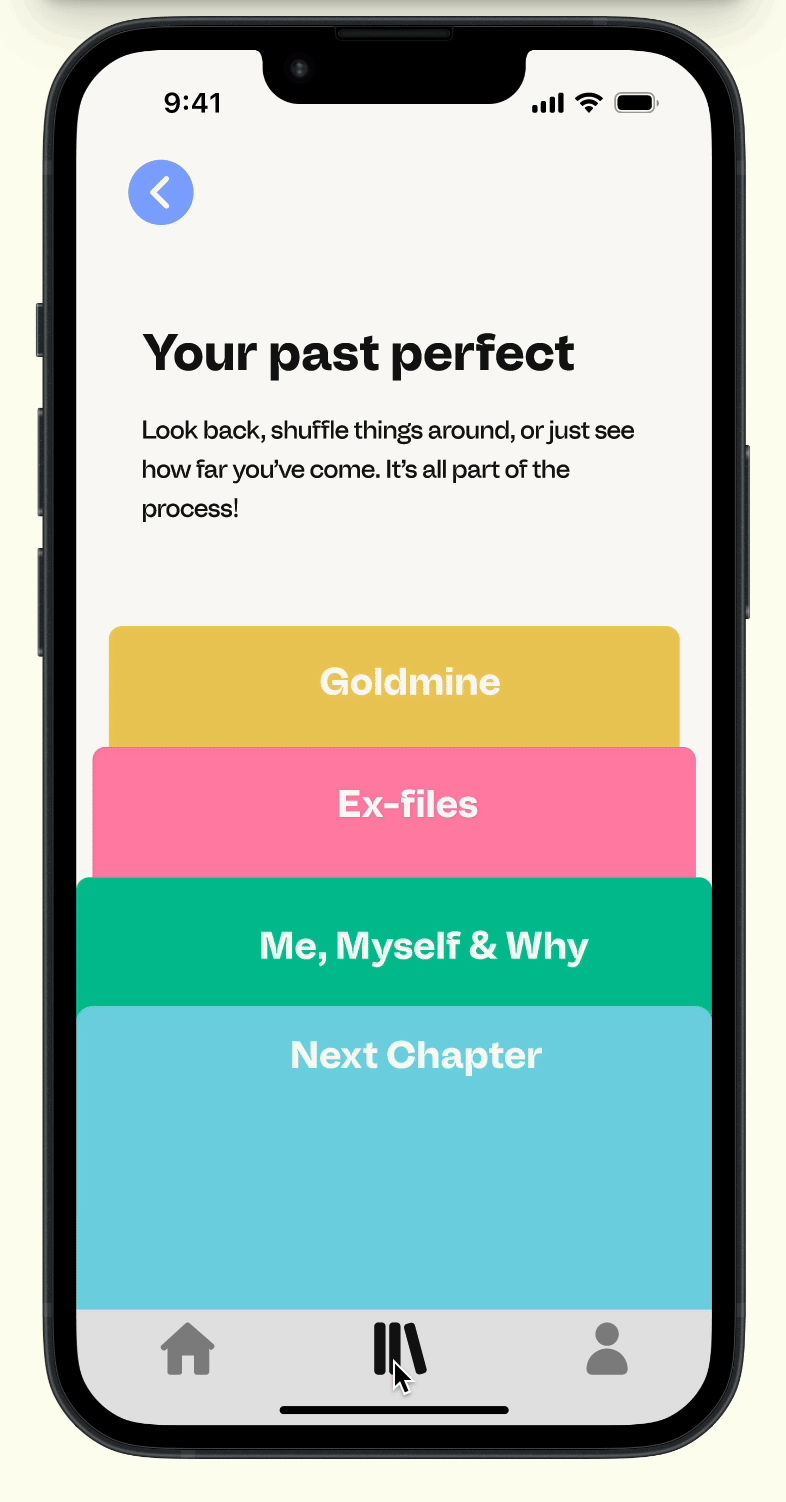
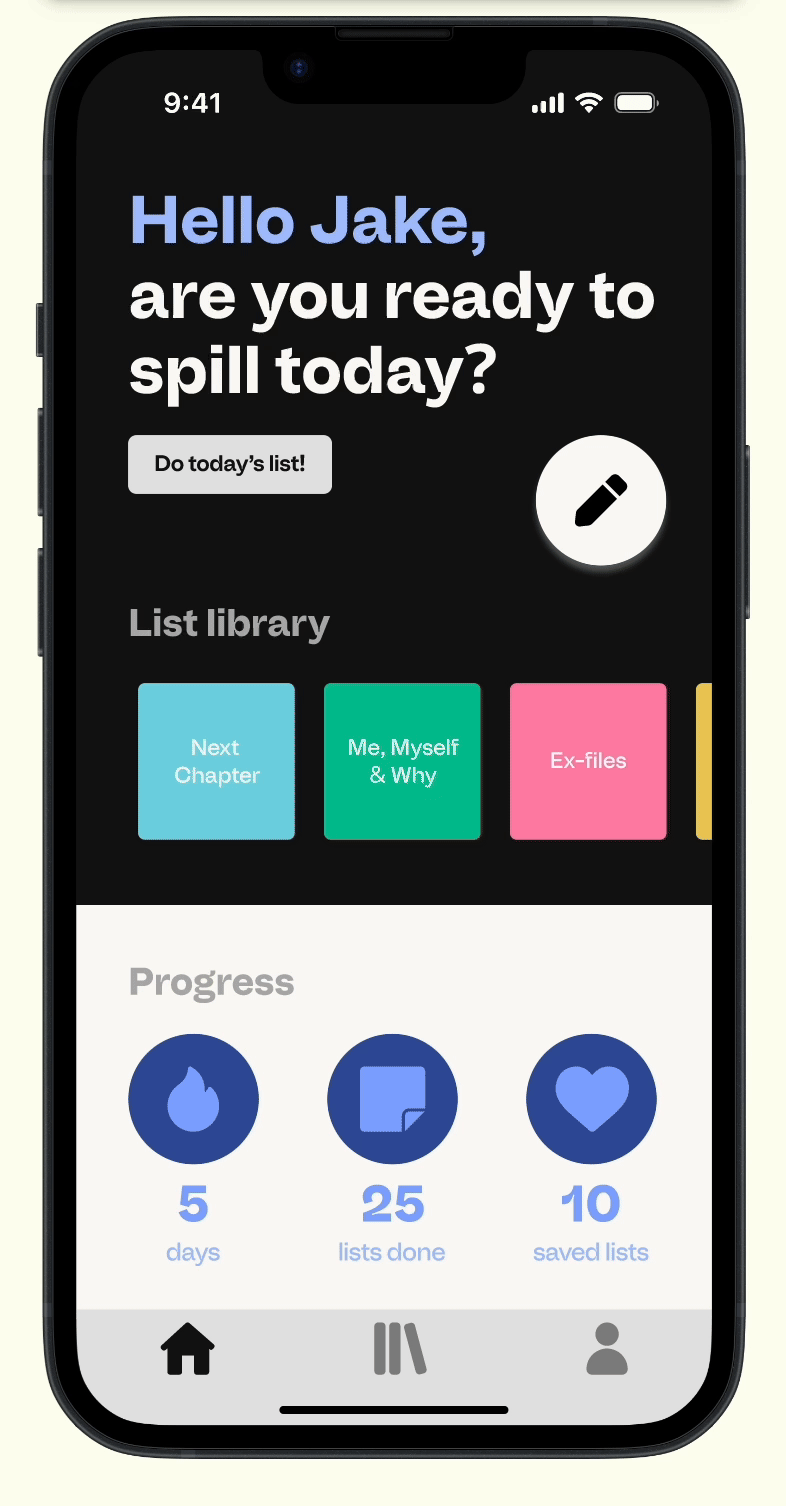
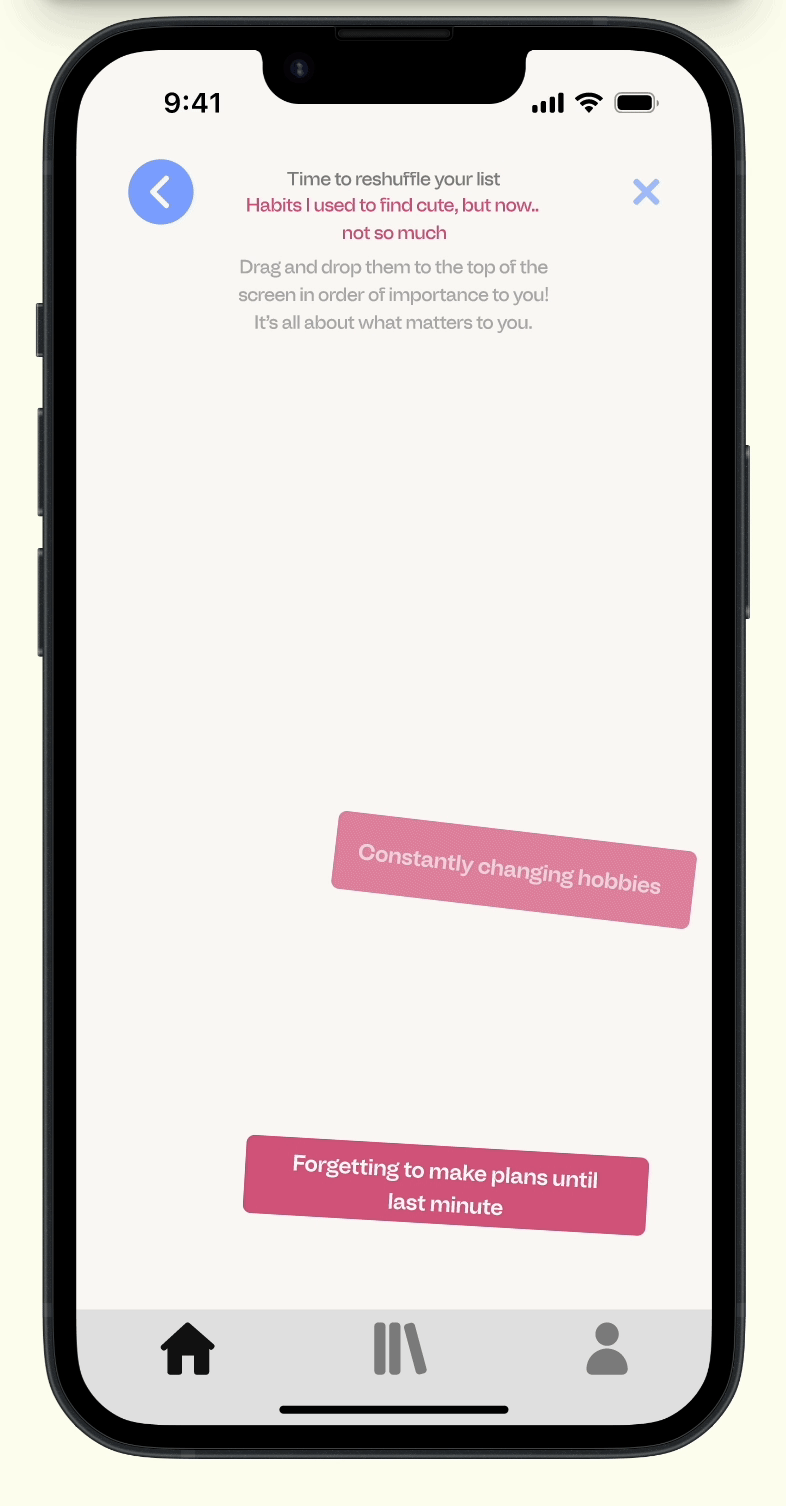
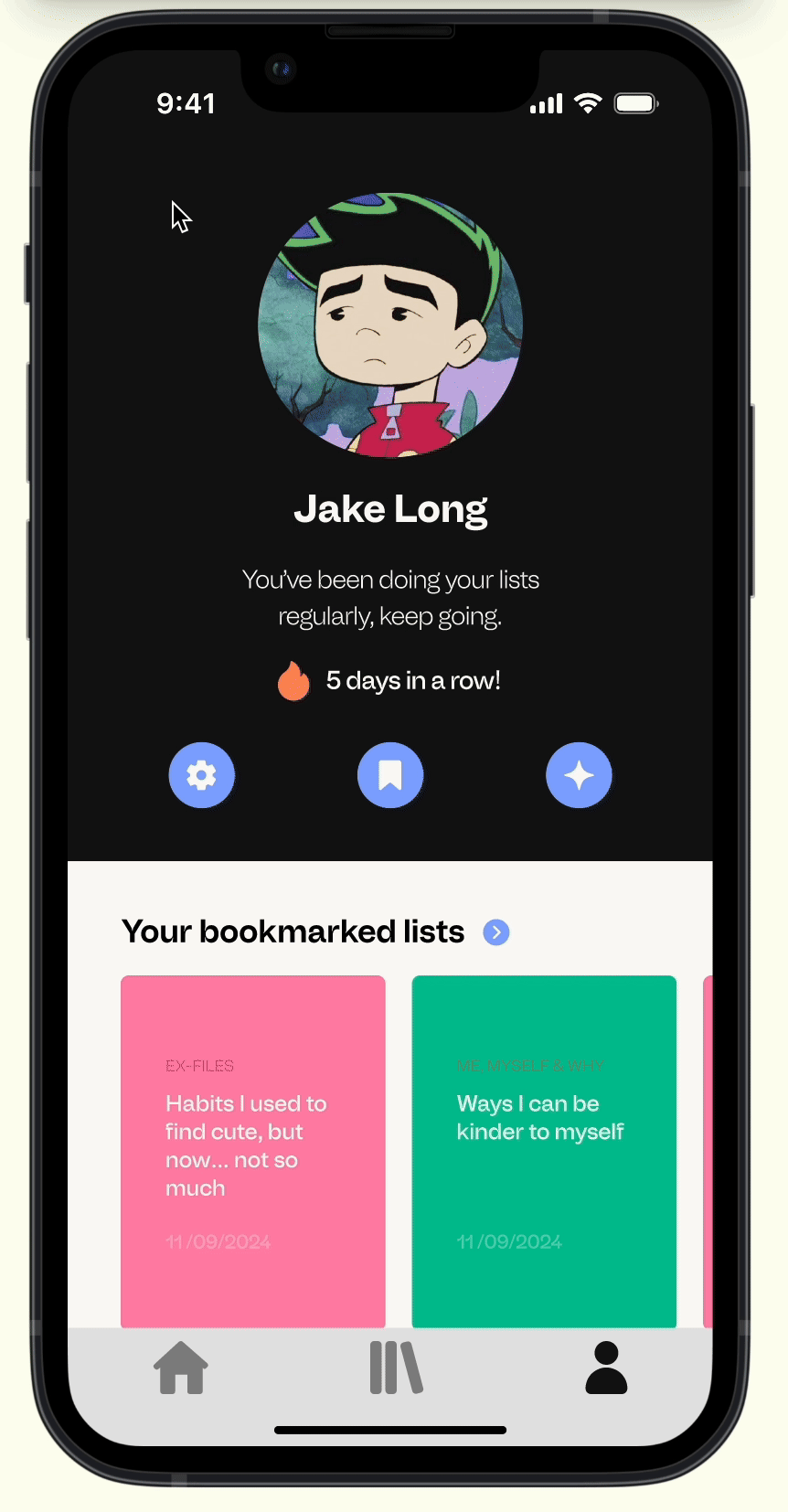
Hope you enjoyed going through this project. Thanks. ✨
